Blog
Ultimate Guide to Stage-Gate and All Things Concerned

Introduction
The Stage-Gate process is an essential methodology in modern project management and product development, guiding projects systematically from initial concept through successful completion. This comprehensive guide aims to provide an authoritative, detailed exploration of the Stage-Gate process, equipping project managers, product development teams, and business leaders with insights, tools, and practical knowledge necessary to implement or optimize this powerful framework.
Throughout this guide, we will explore precise definitions, outline clearly what Stage-Gate is, its origin, and evolution. We will also examine the five core stages (Discovery, Scoping, Business case development, Development, Testing and validation, and Launch) and consider variations like the streamlined 4-stage approach. Additionally, the integration of Stage-Gate within Agile methodologies will be explored, addressing flexibility within dynamic project environments.
To enhance usability and provide immediate value, practical resources, illustrative examples, and reference tools are incorporated throughout the guide. An indexed content structure and dedicated glossary facilitate easy navigation and quick reference.
Section 1: Understanding the Stage-Gate Process
The Stage-Gate process, also known as the Phase-Gate methodology, is a structured approach developed by Dr. Robert G. Cooper in the 1980s to manage complex projects and product innovations effectively. At its core, Stage-Gate divides projects into distinct phases or stages, each concluded by a ‘gate’ or checkpoint. These gates serve as critical decision-making points where stakeholders assess project progress, viability, and strategic alignment before granting approval to proceed to the subsequent stage.
The primary purpose of implementing Stage-Gate is to ensure resources are allocated efficiently, minimize risks, enhance project visibility, and increase the likelihood of market success. Although originally designed for product development, its application has expanded broadly across various sectors including technology, manufacturing, pharmaceuticals, and beyond.
In the following sections, we will discuss the detailed workings of the Stage-Gate process, including the five standard stages—Discovery, Scoping, Business Case Development, Development, Testing and Validation, and Launch—as well as examining variations and integrations with Agile practices.
Section 2: Origins and Evolution of the Stage-Gate Process
The Stage-Gate process was pioneered by Dr. Robert G. Cooper during the 1980s as a response to the high failure rates in new product development. Cooper recognized the need for a more structured approach to managing innovation projects that combined rigorous decision-making criteria with clearly defined stages to systematically reduce risks and enhance project success.
Since its inception, the Stage-Gate process has continually evolved, adapting to the changing needs of industries and organizations. Originally embraced by the consumer goods sector, its effectiveness soon made it popular across diverse industries, including technology, healthcare, automotive, and manufacturing. As businesses faced increasing pressures to innovate rapidly while managing resources effectively, Stage-Gate methodology grew to incorporate variations and flexible adaptations, such as hybrid models that blend Stage-Gate rigor with Agile responsiveness.
In subsequent sections, we will detail how organizations today are leveraging the Stage-Gate process, along with its contemporary adaptations and applications.
Section 3: Benefits and Applications of the Stage-Gate Process
The Stage-Gate process offers numerous advantages that significantly impact organizational efficiency, decision-making, and overall project outcomes. Key benefits include:
- Improved Decision Making: Clear criteria at each gate ensure decisions are data-driven, aligning closely with strategic goals.
- Enhanced Risk Management: Early identification and mitigation of risks significantly reduce potential losses and wasted resources.
- Resource Optimization: Strategic resource allocation ensures that only the most promising projects advance, maximizing ROI.
- Increased Transparency and Accountability: Regular reviews and checkpoints foster transparency, accountability, and clear project visibility across teams and stakeholders.
- Higher Success Rates: Organizations using Stage-Gate consistently report improved success rates for new product launches and complex projects.
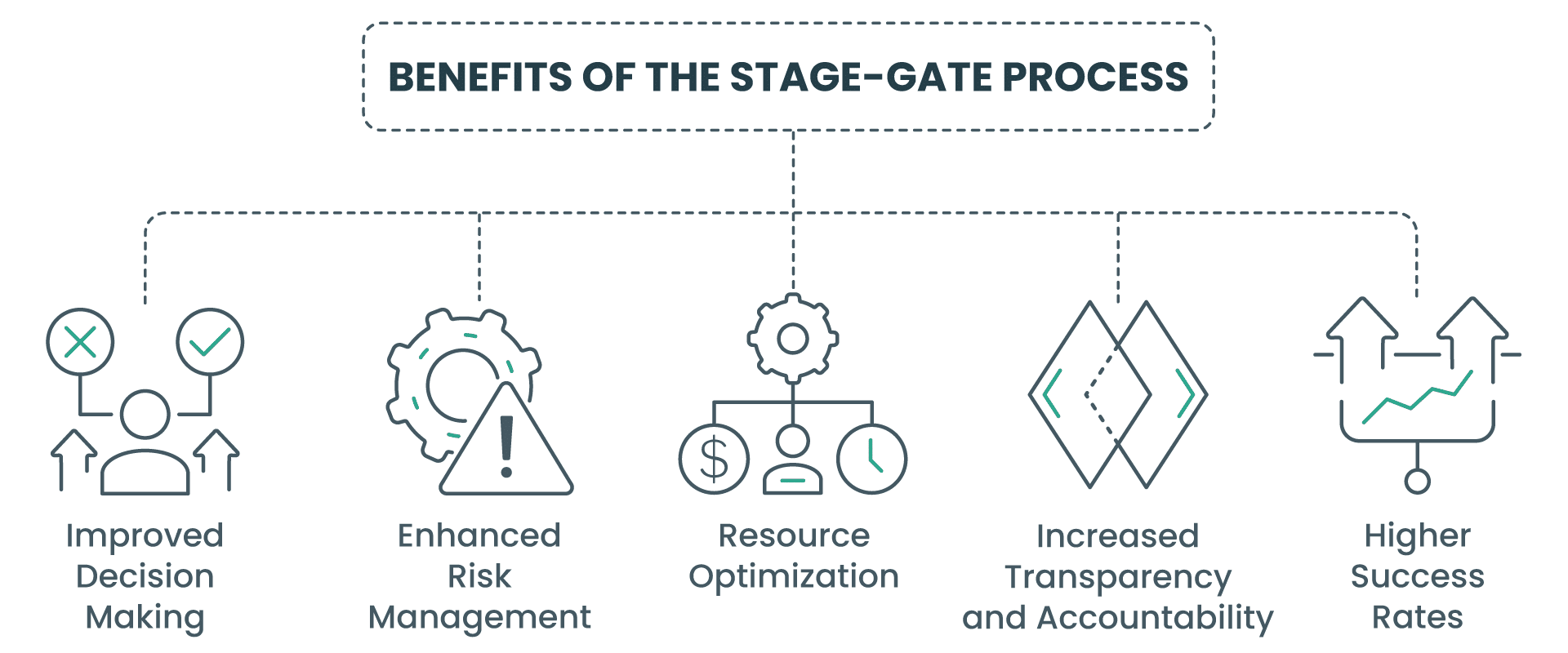
Applications of the Stage-Gate process extend beyond product development, benefiting various industries such as:
- Technology and Innovation: Managing software development and technology-driven projects, ensuring timely delivery and alignment with market needs.
- Pharmaceutical and Healthcare: Facilitating the development of new medicines, treatments, and medical devices while maintaining regulatory compliance.
- Manufacturing and Consumer Goods: Streamlining product innovation, from initial concept through mass production, ensuring efficiency, market fit, and profitability.
- Automotive and Aerospace: Managing complex engineering projects, emphasizing rigorous quality control and safety standards.
In the following sections, we’ll delve deeper into the detailed workings and best practices associated with implementing the Stage-Gate methodology successfully.
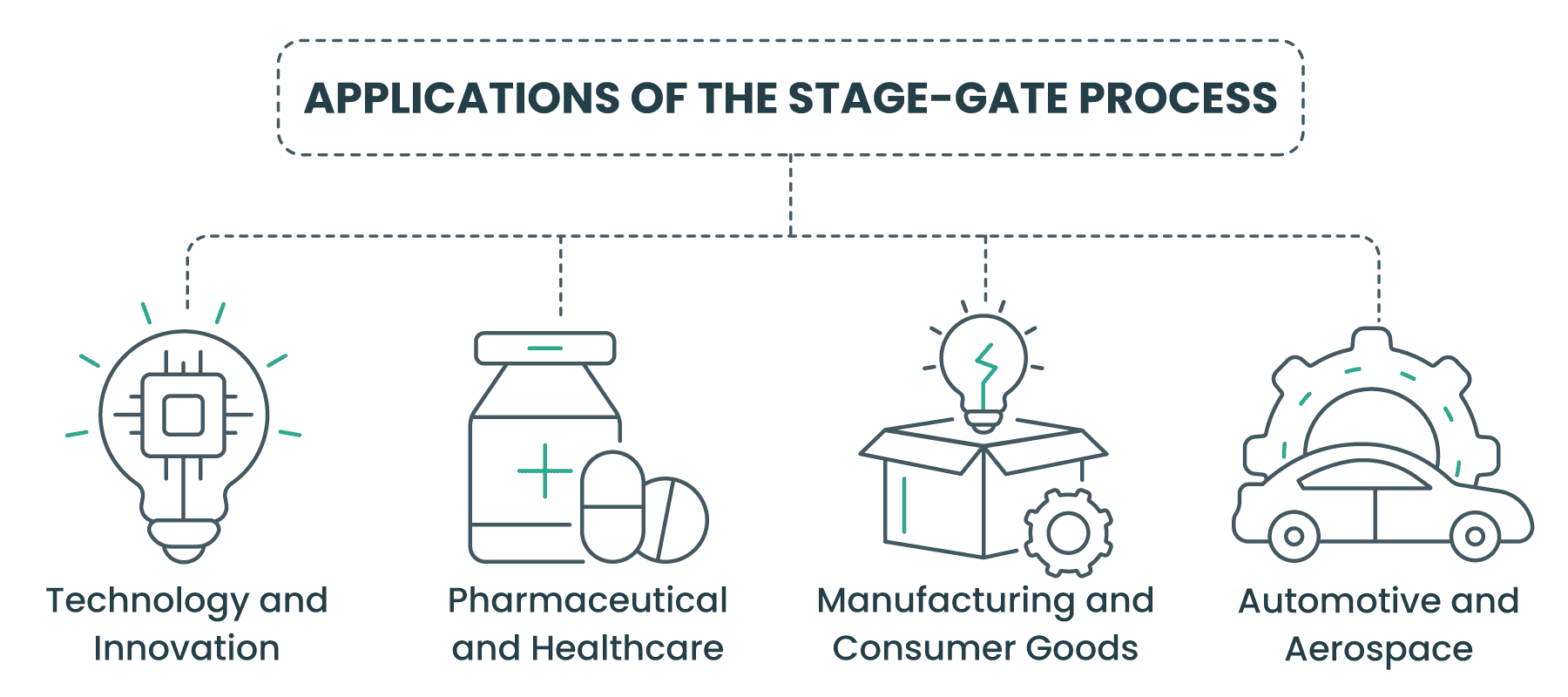
Section 4: Detailed Step-by-Step of the Stage-Gate Process
The Stage-Gate process is structured into clearly defined stages and gates, typically consisting of five core stages—Discovery, Scoping, Business Case Development, Development, Testing and Validation, and Launch—each separated by critical decision-making gates. While this five-stage structure is the most common, variations like simplified four-stage processes or customized adaptations exist to accommodate different organizational needs and project complexities. Here is a detailed overview of each stage:
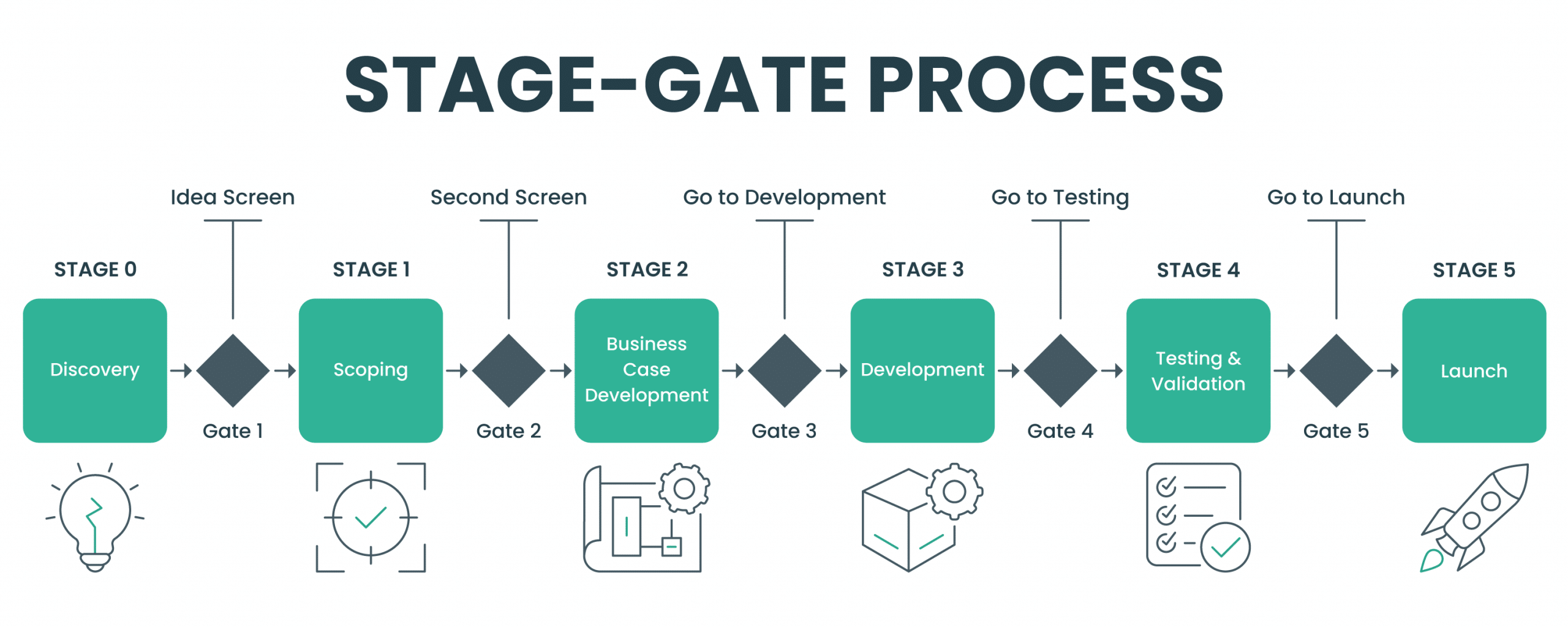
Stage 0: Discovery
- Initial idea generation and exploration
- Preliminary market and technical assessments
- Objective: Identify viable project opportunities
Gate 1: Idea Screen
- Quick evaluation of project ideas
- Decision: Proceed, hold, or discard
Stage 1: Scoping
- Initial business and market research
- Preliminary technical feasibility analysis
- Objective: Define project scope and validate strategic alignment
Gate 2: Second Screen
- Detailed assessment of preliminary findings
- Decision: Approve detailed investigation or halt project
Stage 2: Business Case Development
- Comprehensive market research, competitive analysis, and financial forecasting
- Develop a robust business case
- Objective: Confirm market demand and economic viability
Gate 3: Go to Development
- Rigorous review of business case and project readiness
- Decision: Allocate resources for product/project development
Stage 3: Development
- Detailed product/project design and development
- Cross-functional team collaboration and iterative improvements
- Objective: Develop product/project ready for testing
Gate 4: Go to Testing
- Verify that product/project meets defined specifications
- Decision: Approve product/project readiness for testing and validation
Stage 4: Testing and Validation
- Comprehensive product/project testing
- User trials, quality assurance, and regulatory compliance checks
- Objective: Validate functionality, performance, and market readiness
Gate 5: Go to Launch
- Final assessment of test outcomes and market readiness
- Decision: Approve product/project for launch
Stage 5: Launch
- Implementation of launch plans and commercialization strategies
- Post-launch monitoring and iterative improvements
- Objective: Ensure successful market introduction and ongoing support
Section 5: Roles and Responsibilities in the Stage-Gate Process
Implementing the Stage-Gate process effectively requires clearly defined roles and responsibilities to guide and manage project progress:
- Gatekeepers (Decision Makers): Typically senior executives responsible for reviewing progress, making strategic decisions, and approving or rejecting advancement at each gate.
- Project Manager: Oversees the overall project lifecycle, coordinating team efforts, managing timelines, and ensuring adherence to gate requirements.
- Cross-Functional Project Teams: Teams composed of members from multiple disciplines who collaboratively execute tasks within each stage, preparing thorough analyses and documentation for gate reviews.
- Sponsor or Project Champion: A senior-level advocate who supports the project, secures necessary resources, and helps ensure alignment with organizational goals.
- Subject Matter Experts: Individuals who provide specialized insights and analyses essential for informed decision-making at gates.
Clearly defining and empowering these roles enhances collaboration, decision-making clarity, and overall project success.
Section 6: Stage-Gate and Other Project Management Methodologies
Stage-Gate methodology can integrate effectively with various project management frameworks to meet diverse organizational needs:

Waterfall Methodology: Stage-Gate complements Waterfall by providing clear, sequential phases with rigorous review points, ensuring thorough documentation and clearly defined deliverables.

Lean Methodology: Stage-Gate supports Lean principles by promoting waste elimination through rigorous gate evaluations, enhancing process efficiency and resource utilization.

Hybrid Approaches: Organizations often blend Stage-Gate with methodologies like iterative development to balance structure and flexibility, optimizing project responsiveness and decision-making clarity.
Adapting Stage-Gate with other methodologies helps organizations maintain robust oversight while enhancing flexibility to better respond to market demands and project-specific requirements.
Section 7: Best Practices for Implementing Stage-Gate
Successfully implementing the Stage-Gate process requires adherence to best practices that maximize its effectiveness and deliver optimal outcomes:
- Clear Gate Criteria: Establish objective and measurable criteria at each gate to facilitate transparent and unbiased decision-making.
- Cross-Functional Collaboration: Engage teams from various disciplines—marketing, technical, financial, operations—to foster holistic insights and stronger project alignment.
- Effective Gatekeeping: Ensure gatekeepers are well-informed decision-makers who can objectively assess project viability and are empowered to make definitive go/no-go decisions.
- Flexibility and Adaptability: Adapt the process to meet specific organizational needs, including integrating elements of Agile for increased responsiveness and adaptability.
- Consistent Communication: Regularly update stakeholders throughout the process, clearly documenting outcomes of gate reviews and maintaining transparency.
Section 8: Tools, Templates, and Resources for Stage-Gate Implementation
Effective implementation of the Stage-Gate process can be significantly supported by using various tools, templates, and resources:

Stage-Gate Templates: These practical documents provide structured guidance at each stage and gate, including:
- Checklists for gate reviews to ensure thorough evaluation and decision-making.
- Business case templates that standardize the documentation required for proposing and evaluating projects.
- Stage-specific documentation templates that detail expected deliverables and outcomes.

Flowcharts and Visual Guides: Clearly designed visual representations of the Stage-Gate process, illustrating:
- The sequential progression through stages and gates.
- Decision points and responsibilities clearly mapped out.
- Visual aids facilitating understanding and communication among diverse stakeholders.

Example Case Studies: In-depth analyses and success stories from organizations that have successfully implemented the Stage-Gate process, illustrating:
- Practical applications and adaptations across different industries.
- Lessons learned, challenges overcome, and measurable benefits realized.
- Benchmarking opportunities to guide and validate your own implementation strategy.

Educational Resources: Comprehensive guides, articles, whitepapers, and training materials designed to deepen understanding and build expertise:
- PDF guides and whitepapers detailing best practices and innovative approaches.
- Educational articles exploring advanced concepts and practical insights.
- Training resources for teams new to the methodology, enhancing their readiness and capability to successfully implement Stage-Gate.
Providing access to these detailed resources equips teams and stakeholders with robust, practical tools that enhance the effectiveness and efficiency of the Stage-Gate process.
Section 9: Software Solutions for Stage-Gate Implementation
Specialized project management software solutions significantly streamline and enhance the Stage-Gate process, providing powerful features designed specifically to support structured project management methodologies:
- Automated Workflows: Automating progression through each stage and gate ensures consistency, reduces manual errors, and accelerates decision-making.
- Real-Time Tracking: Project tracking features provide visibility into task completion, progress against milestones, and overall project health, allowing teams and stakeholders to proactively address issues.
- Centralized Document Management: Software platforms offer centralized storage and access to critical documents, ensuring all project stakeholders can easily access, update, and review relevant documentation at each stage.
- Enhanced Collaboration: Integrated communication tools foster seamless interaction and cooperation among cross-functional teams, stakeholders, and gatekeepers, promoting transparency and alignment throughout the project’s lifecycle.
- Performance Analytics and Reporting: Robust analytics and customizable reporting dashboards deliver valuable insights into project performance, enabling informed decisions and continuous improvement of processes.
Implementing specialized software solutions tailored for Stage-Gate processes significantly improves operational efficiency, decision-making effectiveness, and overall project outcomes.

Section 10: Leveraging Cerri Project for Stage-Gate Implementation
Among the specialized software solutions available, Cerri Project offers robust capabilities specifically tailored to support the Stage-Gate methodology. Cerri Project integrates seamlessly with Stage-Gate principles, facilitating efficient progression through each stage and gate.
With automated workflows, centralized documentation, and real-time tracking features, Cerri Project empowers teams to manage and execute Stage-Gate processes with greater consistency and transparency. Its intuitive collaboration tools enable seamless interaction across diverse project teams, ensuring alignment and clear communication. Furthermore, comprehensive analytics and reporting functionalities provided by Cerri Project deliver actionable insights at each stage, enabling informed decision-making and continuous improvement.
By utilizing Cerri Project, organizations can optimize their Stage-Gate implementation, enhancing overall efficiency, decision accuracy, and innovation success.
Learn more about Cerri Project
Section 11: Measuring and Evaluating the Success of the Stage-Gate Process
Evaluating the effectiveness of the Stage-Gate process is critical for continuous improvement and strategic alignment. Important considerations include:
Importance of Evaluation
Conducting regular evaluations provides critical insights for enhancing the efficiency, effectiveness, and strategic alignment of the Stage-Gate process. Through ongoing measurement, organizations can proactively identify strengths, uncover areas for improvement, and ensure that resources are allocated optimally.

Key Performance Indicators (KPIs)
Establishing clear and relevant KPIs enables organizations to objectively measure process success. Important KPIs include:
- Success Rates: Tracking the percentage of projects successfully completed, meeting predetermined milestones and objectives.
- Quality Metrics: Evaluating product quality, customer satisfaction ratings, and defect rates to ensure adherence to quality standards.
- Gate Efficiency: Monitoring the duration spent at each gate, the percentage of projects passing each gate, and decision turnaround times to identify bottlenecks and streamline gate reviews.
- Resource Utilization: Assessing how effectively resources, including budget, personnel, and time, are allocated and utilized throughout the project lifecycle.
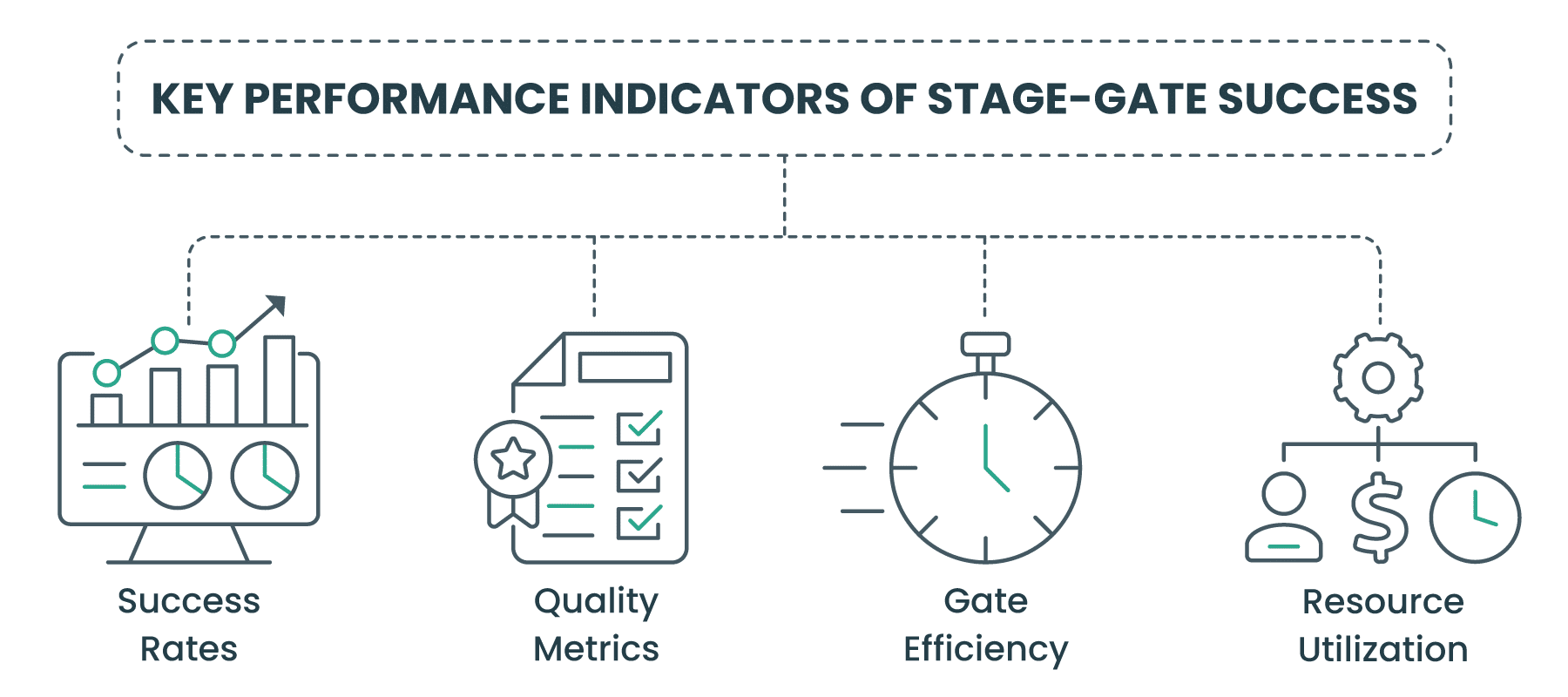
Evaluation Methods
Employing structured methodologies ensures comprehensive evaluations. Recommended methods include:
- Internal Audits: Regular internal assessments examining adherence to established Stage-Gate procedures and criteria.
- Post-Launch Evaluations: Analysis of completed projects to compare planned versus actual outcomes, facilitating future improvements.
- Stakeholder Surveys: Gathering qualitative and quantitative feedback from gatekeepers, project teams, sponsors, and end-users to assess satisfaction levels and identify process improvements.
- Benchmarking: Comparing internal processes and outcomes against industry standards or best practices to ensure competitiveness and continuous improvement.
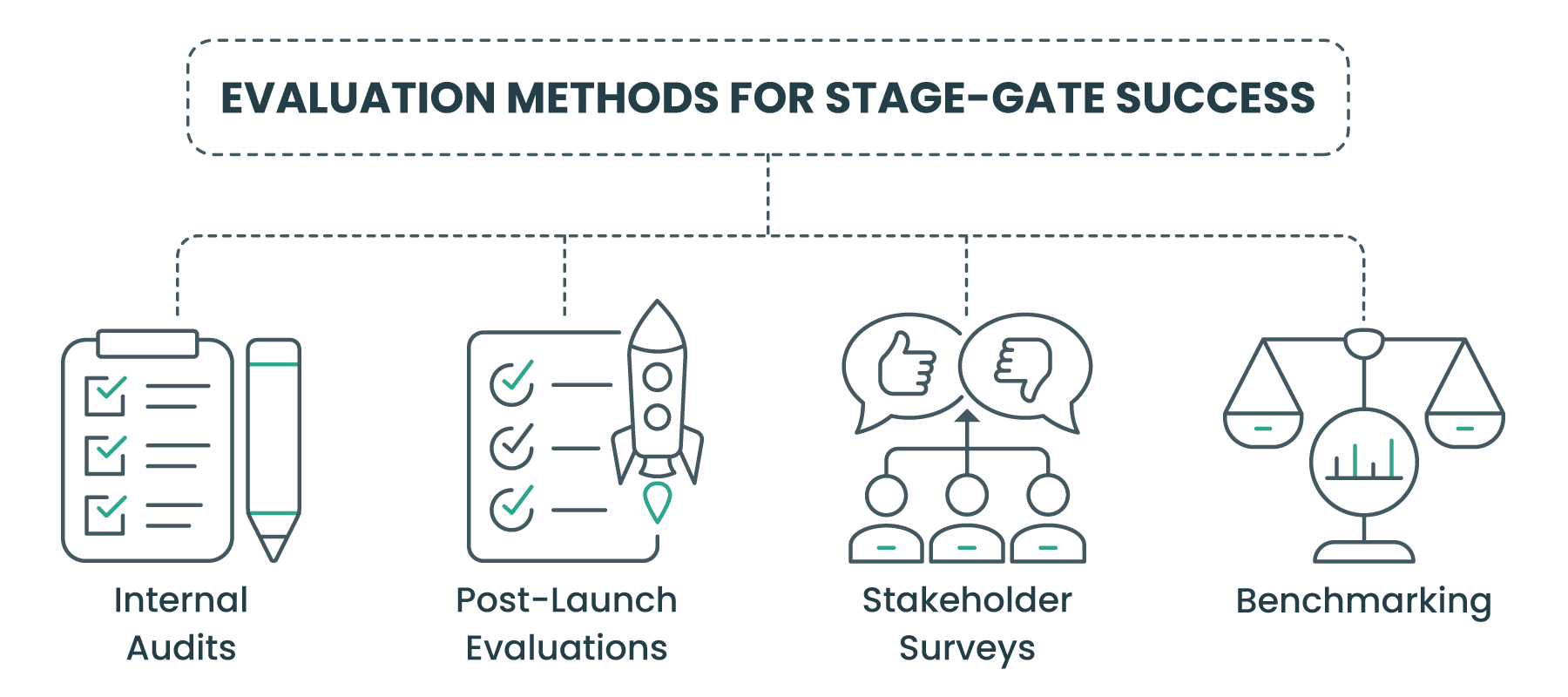
Continuous Improvement
Actively using evaluation findings to enhance the Stage-Gate process includes:
- Refining gate criteria and processes based on lessons learned.
- Establishing systematic feedback loops to integrate stakeholder insights effectively.
- Applying accumulated knowledge from previous projects to improve future outcomes, ensuring sustainable, incremental enhancements in project management capabilities.
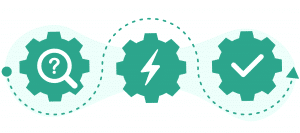
Section 12: Common Challenges and Pitfalls in Stage-Gate Implementation and How to Overcome Them
Implementing the Stage-Gate process can present various challenges. Understanding these common pitfalls and proactively addressing them helps ensure successful execution:
Common Implementation Challenges
- Resistance to organizational change, leading to delays or ineffective adoption.
- Insufficiently defined or inconsistent gate criteria, causing confusion and suboptimal decision-making.
- Poor communication and lack of coordination among cross-functional teams, hindering collaborative efforts.
- Ineffective gatekeeping, where gatekeepers either lack adequate authority or training to make informed decisions.
Practical Solutions and Recommendations:
- Implement structured change management strategies to address organizational resistance.
- Clearly define gate criteria with measurable and objective standards to streamline decisions.
- Foster effective communication practices, cross-functional team meetings, and transparent documentation.
- Conduct targeted training and workshops to ensure gatekeepers and team members fully understand their roles and responsibilities.
Lessons Learned from Real-Life Examples
3M Company:
3M has a long-standing reputation for innovation, with products like Post-it® Notes and Scotch® Tape. The company attributes much of its success to effectively managing connections and fostering a culture of collaboration. Larry Wendling, Vice President for Corporate Research at 3M, refers to their extensive formal and informal networking as the company’s “secret weapon,” linking thousands of R&D and market-facing personnel across the organization. You ExecUWE Bristol Research Repository
Procter & Gamble (P&G):
P&G has recognized that simply increasing R&D spending does not necessarily lead to proportional growth. To address this, the company has adopted more structured innovation processes, such as the Stage-Gate system, to enhance efficiency and effectiveness in product development. Clareo
General Electric (GE):
GE has integrated the Stage-Gate process to enhance its product development efficiency. This implementation has contributed to more effective management of innovation projects within the company. ResearchGate
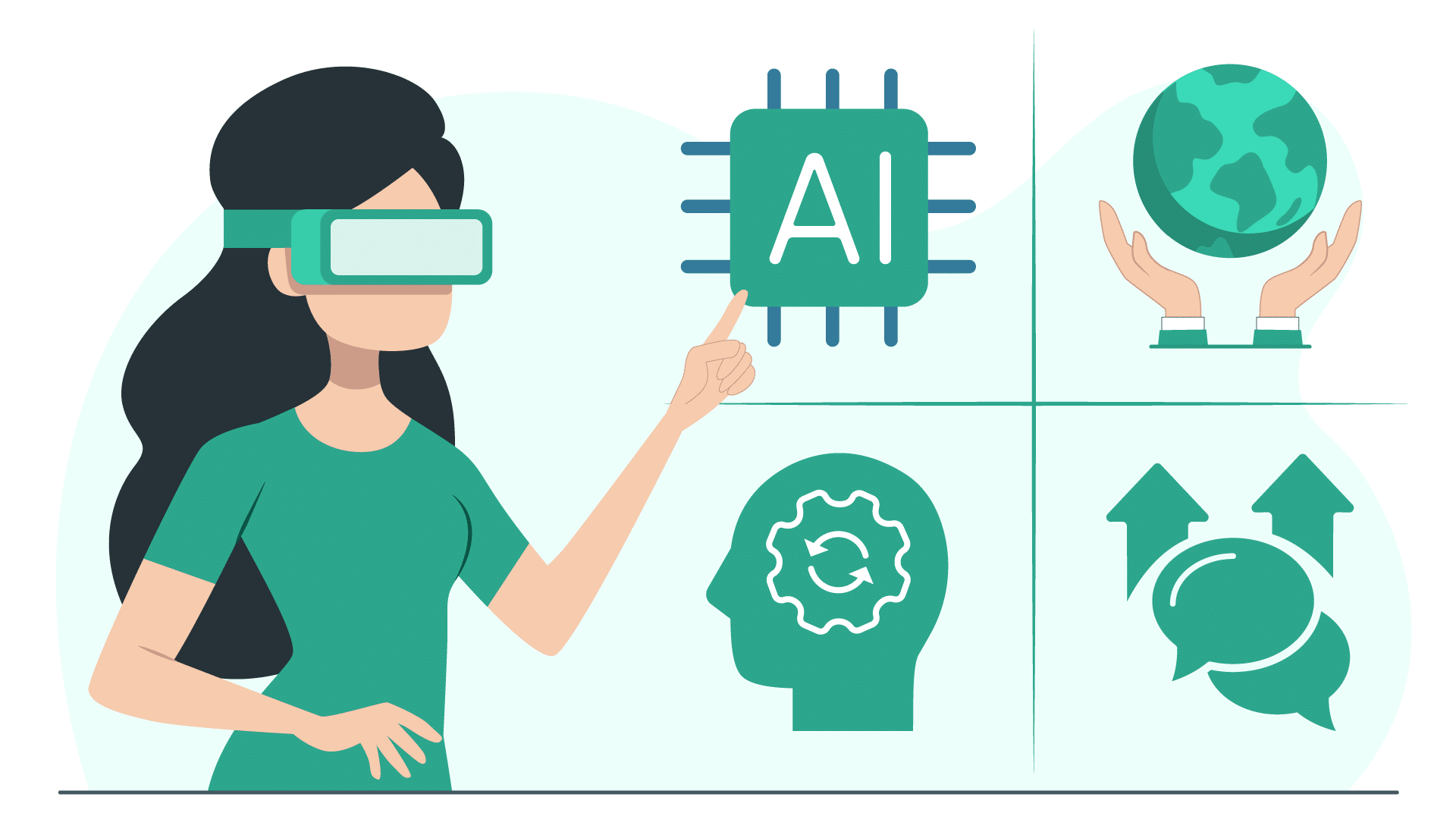
Section 13: Future Trends and Developments in the Stage-Gate Process
As the business landscape evolves, so does the Stage-Gate process. Organizations must be prepared to adapt to emerging trends and developments to maintain effectiveness and competitive advantage. Key areas of future evolution include:
- Integration of Advanced Technologies:
- Increasing use of artificial intelligence (AI) and machine learning for predictive analytics and decision support at each gate.
- Enhanced automation of repetitive tasks, improving overall efficiency.
- Sustainability and Ethical Considerations:
- Growing emphasis on sustainability and corporate responsibility within the Stage-Gate framework, ensuring alignment with global sustainability goals.
- Incorporation of environmental, social, and governance (ESG) criteria into gate evaluations and project decisions.
- Increased Flexibility and Adaptability:
- Continued evolution toward hybrid methodologies that balance structure with agility to accommodate rapid market changes.
- Adaptation of gates and criteria for faster innovation cycles and responsive decision-making.
- Enhanced Stakeholder Engagement:
- More robust and continuous stakeholder integration, including customer feedback loops and co-creation practices.
- Leveraging digital collaboration platforms for improved stakeholder communication and participation.
By understanding and proactively adapting to these trends, organizations can ensure their Stage-Gate processes remain relevant, agile, and effective in driving innovation and success.
Conclusion and Key Takeaways
The Stage-Gate process remains a cornerstone of effective project and product management, enabling organizations to systematically assess, manage, and drive innovations to successful market realization. Its structured yet flexible approach allows businesses to navigate complex development environments, minimize risks, optimize resources, and enhance decision-making clarity.
Embracing clearly defined roles, adhering to best practices, and integrating suitable methodologies and technological advancements are essential for extracting the full potential of Stage-Gate. As industries continue to evolve, organizations that remain adaptive, responsive, and committed to continuous improvement will be best positioned to leverage the Stage-Gate process as a strategic advantage. Ultimately, the consistent and thoughtful application of Stage-Gate principles will empower businesses to achieve sustained innovation and long-term competitive success.
FAQ – Frequently Asked Questions
1. What is the Stage-Gate process?
The Stage-Gate process is a structured project management methodology that divides projects into distinct stages, separated by decision points called “gates,” ensuring systematic progression and assessment.
2. What are the typical stages of the Stage-Gate process?
The typical stages include Discovery, Scoping, Business Case Development, Development, Testing and Validation, and Launch.
3. Who developed the Stage-Gate process?
Dr. Robert G. Cooper developed the Stage-Gate process in the 1980s to improve innovation management and project success rates.
4. How does Stage-Gate integrate with other methodologies?
Stage-Gate can effectively integrate with methodologies like Waterfall, Lean, and hybrid approaches, enhancing flexibility and responsiveness to specific organizational needs.
5. What are some common challenges in Stage-Gate implementation?
Common challenges include resistance to organizational change, insufficiently defined gate criteria, poor communication, and ineffective gatekeeping. These can be addressed through structured change management, clear communication, training, and defined roles and responsibilities.
6. How do software solutions support the Stage-Gate process?
Specialized software supports Stage-Gate implementation through automated workflows, real-time tracking, centralized documentation, enhanced collaboration features, and robust performance analytics.
7. Why is continuous evaluation important in Stage-Gate?
Continuous evaluation helps identify strengths and weaknesses, facilitating ongoing improvements, ensuring optimal resource allocation, and maintaining strategic alignment.
8. What future trends will influence the Stage-Gate process?
Emerging trends include the integration of AI and machine learning, a stronger focus on sustainability and ethical considerations, increased process flexibility, and enhanced stakeholder engagement.
Glossary
- Gate: Decision points in the Stage-Gate process where projects are evaluated before proceeding to the next stage.
- Stage-Gate: A structured project management methodology dividing projects into sequential stages separated by gates.
- ESG (Environmental, Social, and Governance): Criteria used to measure the sustainability and societal impact of investments and business practices.
- AI (Artificial Intelligence): Technology enabling machines and software systems to perform tasks that normally require human intelligence.
- Hybrid Methodologies: Approaches combining elements from different project management methods, such as Stage-Gate and Agile, to leverage the strengths of each.
- Predictive Analytics: Techniques that analyze historical data to predict future outcomes, trends, or behaviors.
- Stakeholder Engagement: The involvement and participation of individuals or groups who have an interest or influence in project outcomes.
- Continuous Improvement: An ongoing effort to enhance processes, products, or services incrementally over time.
* Stage-Gate® is a registered trademark of Robert G. Cooper.

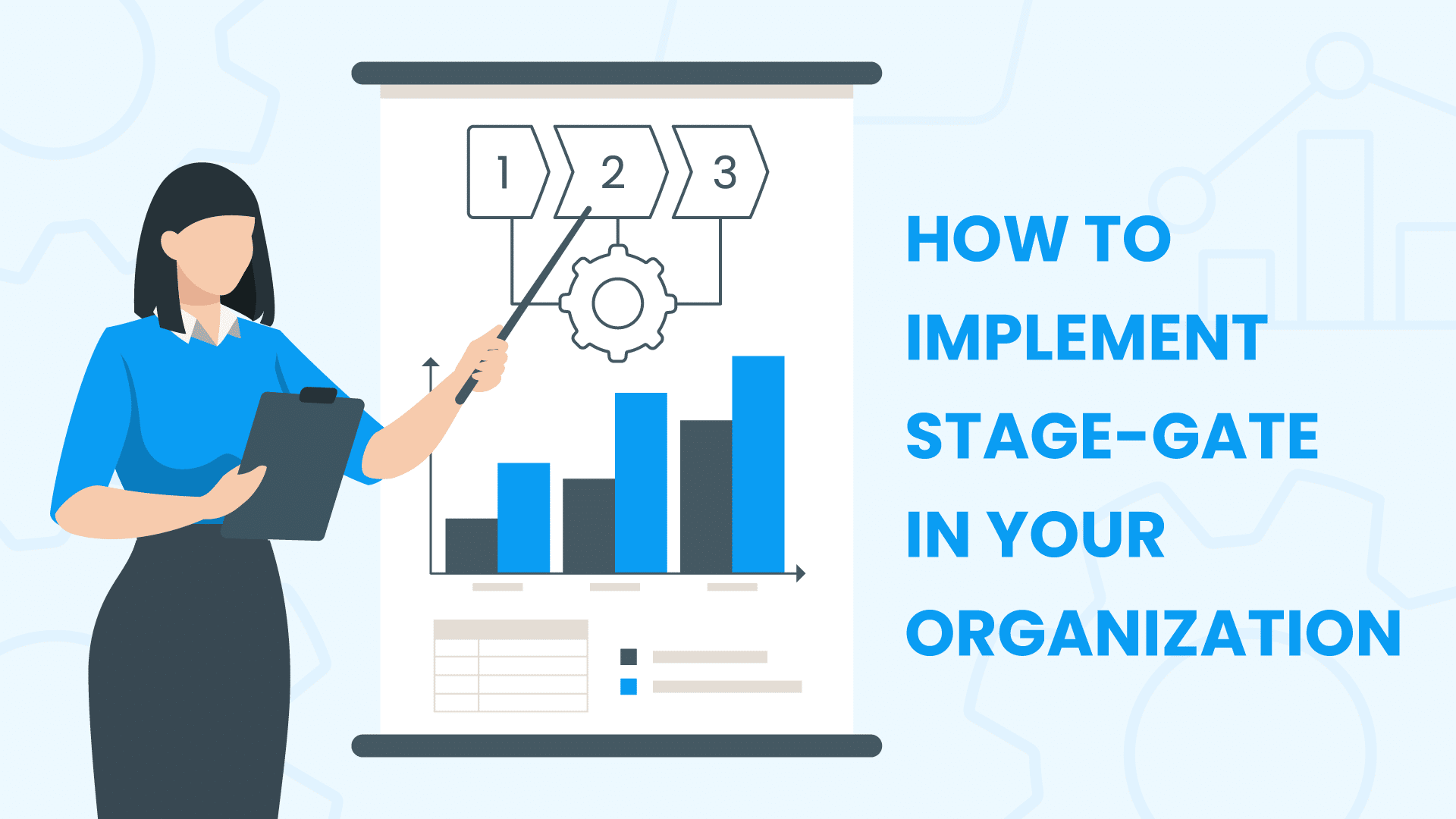


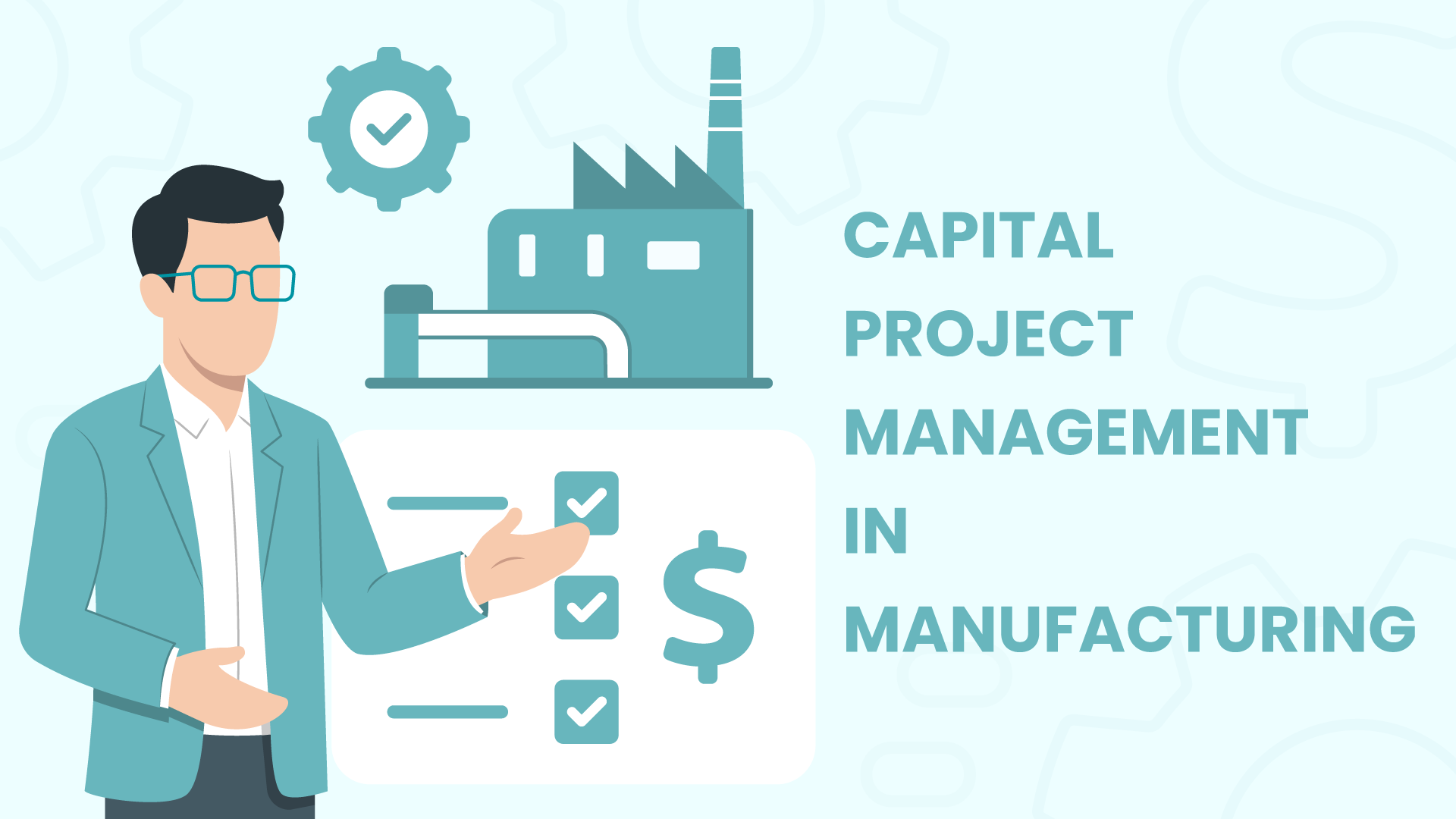


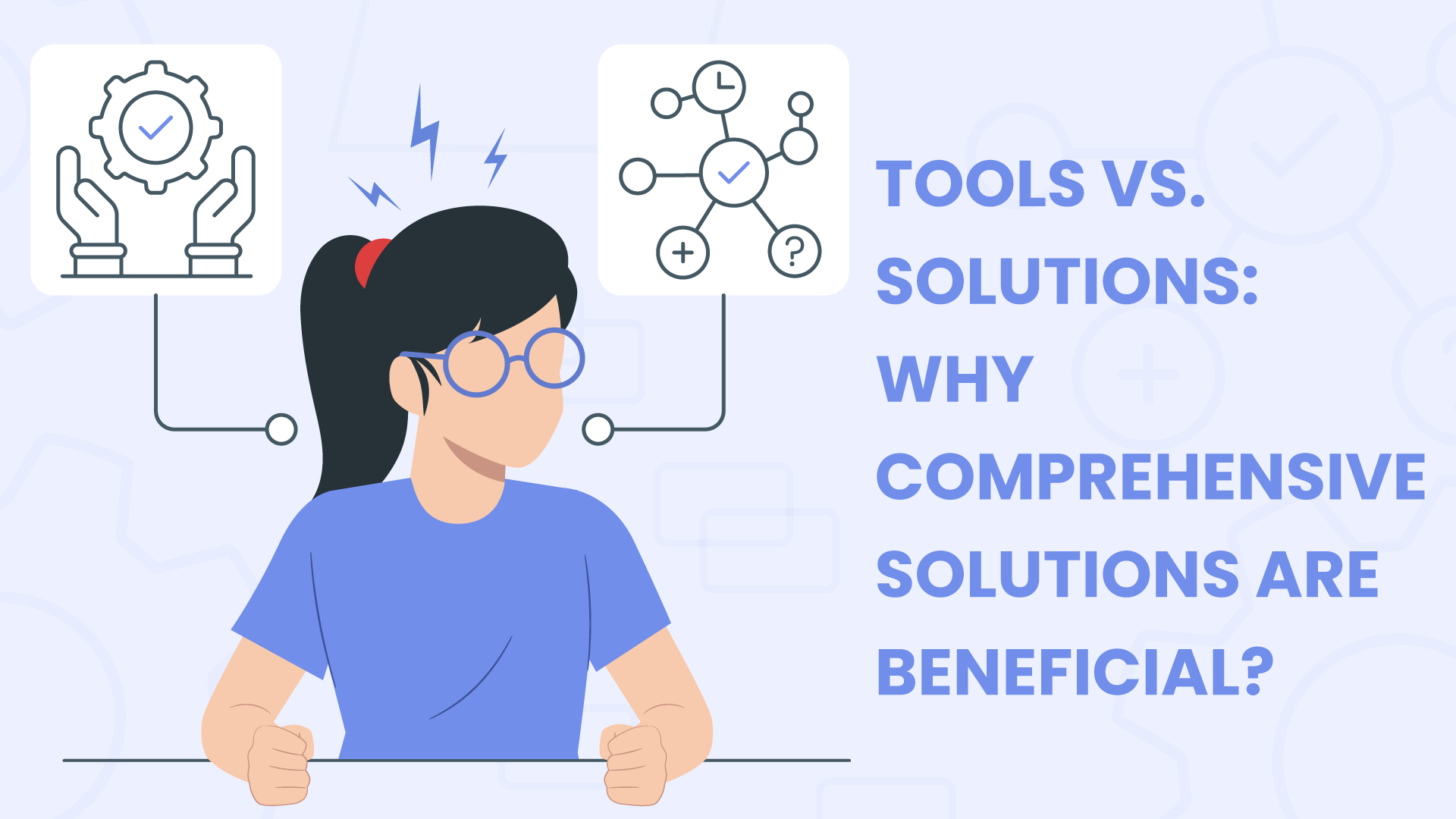




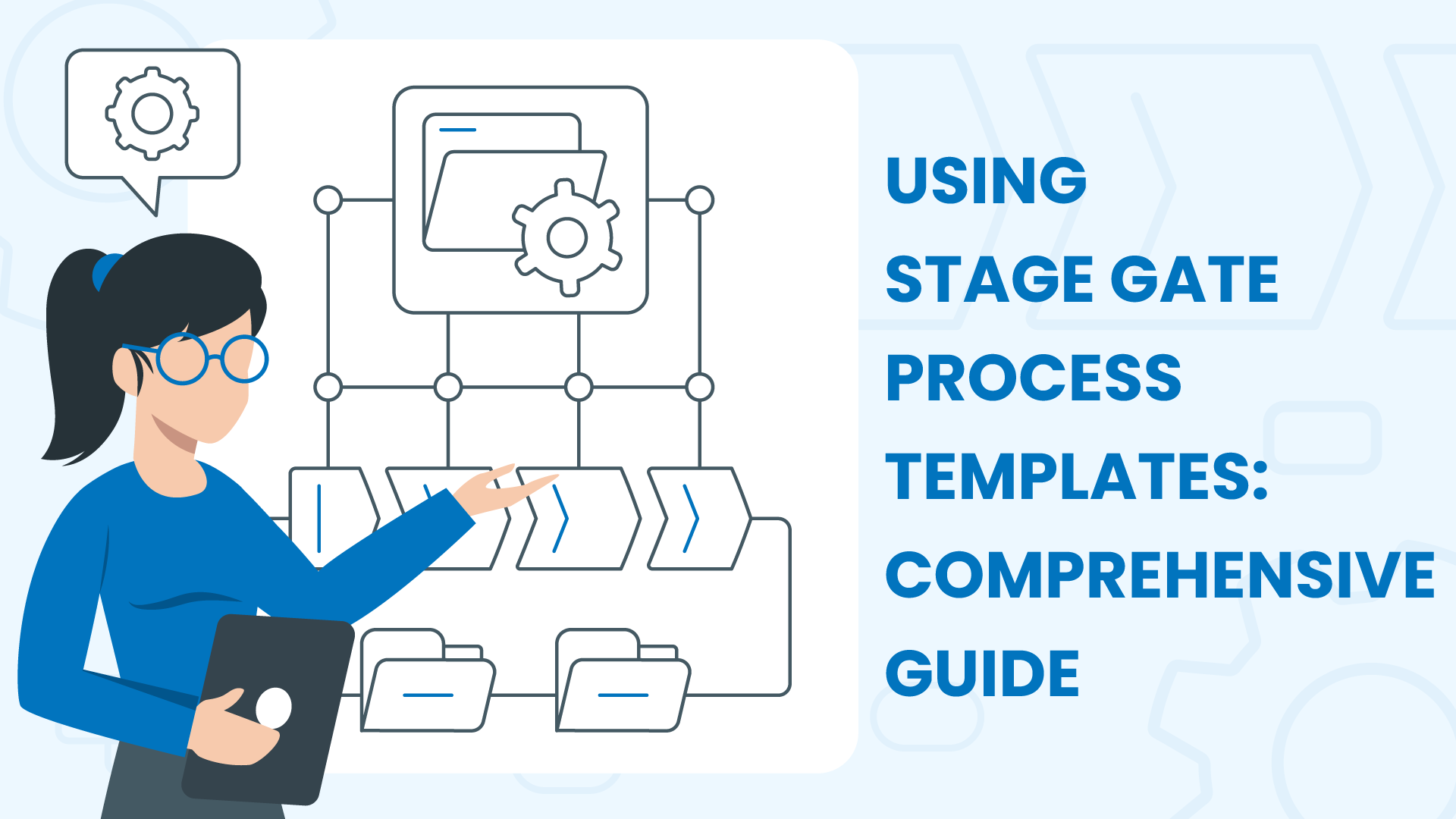




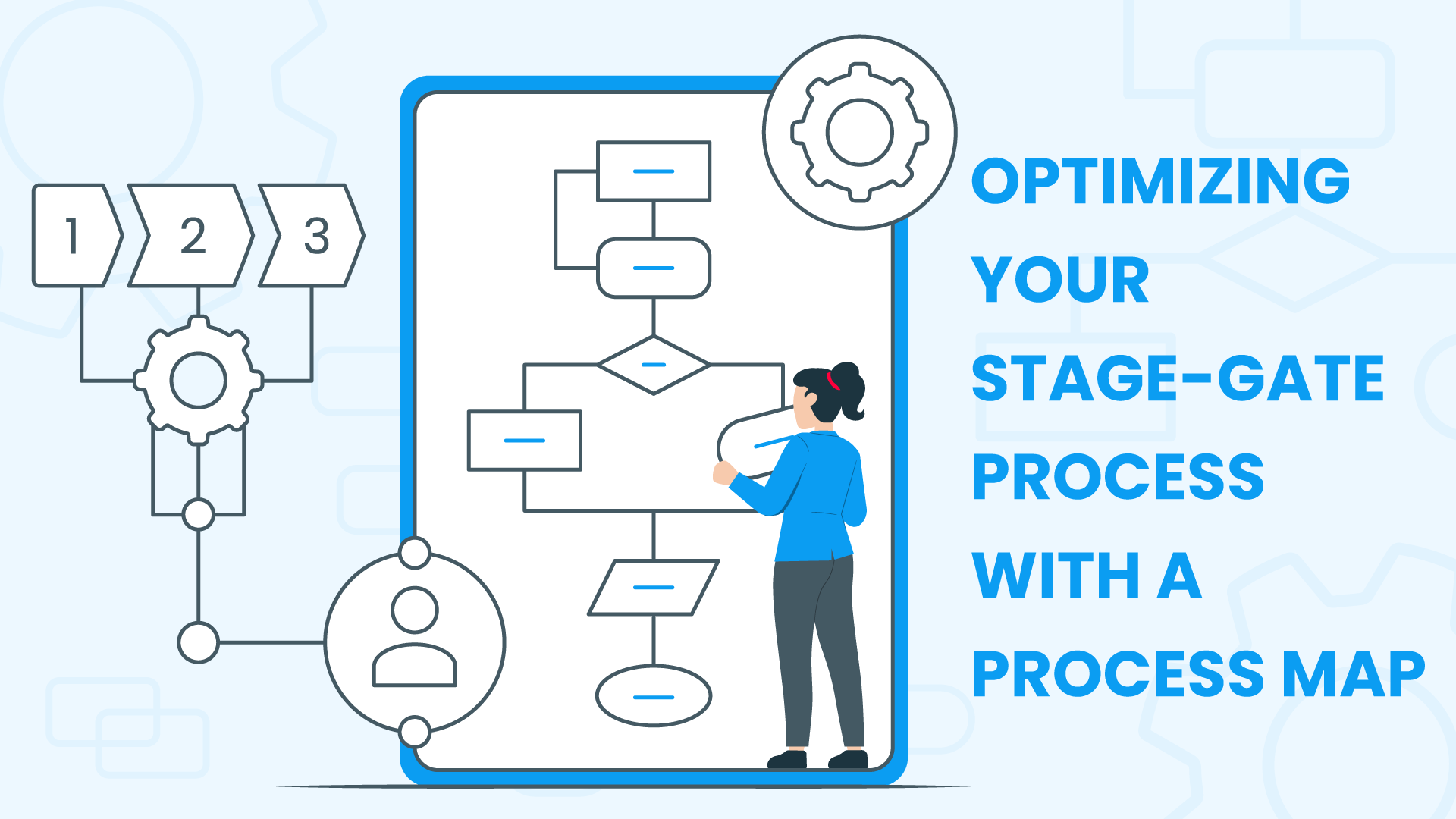


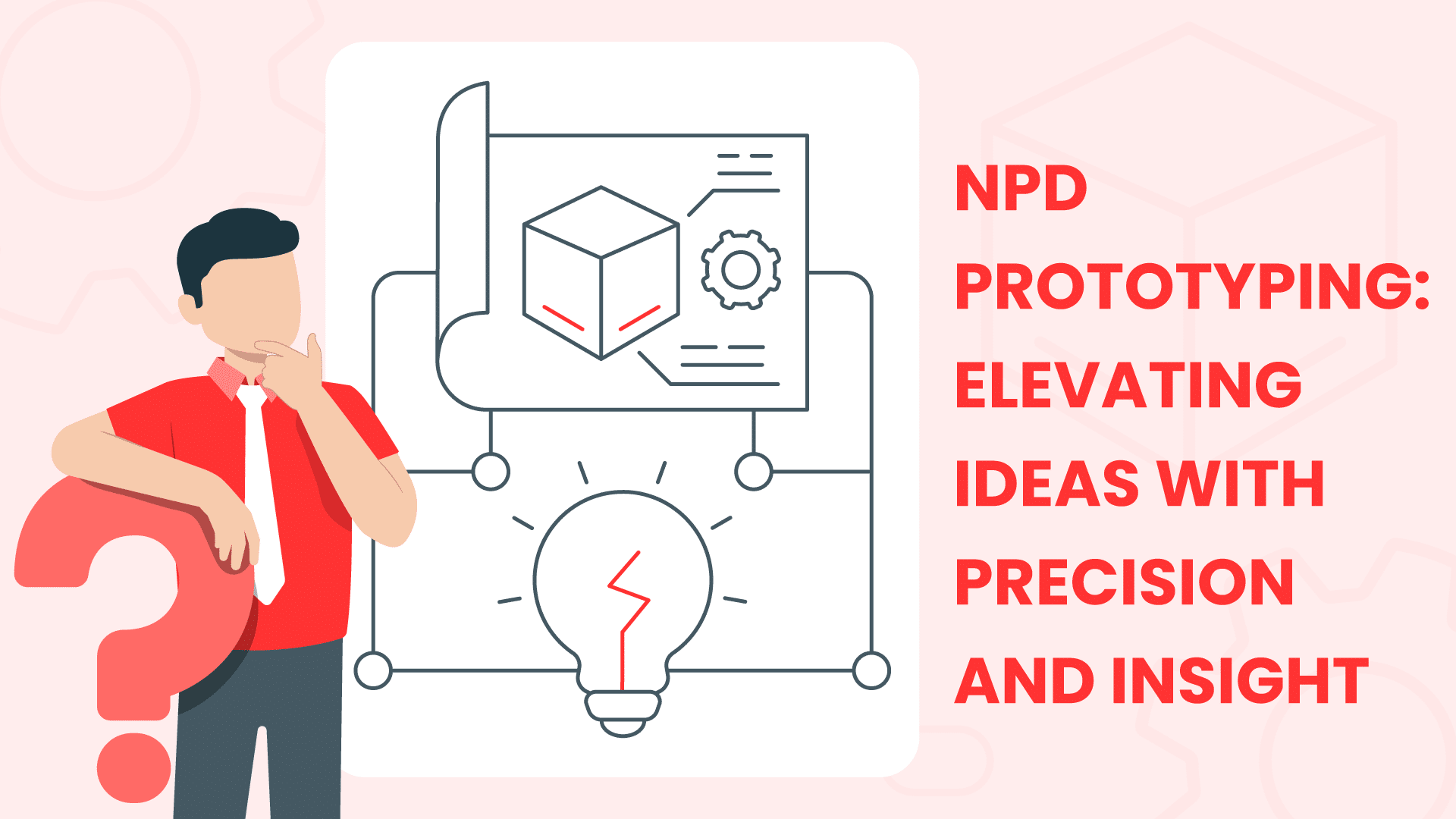

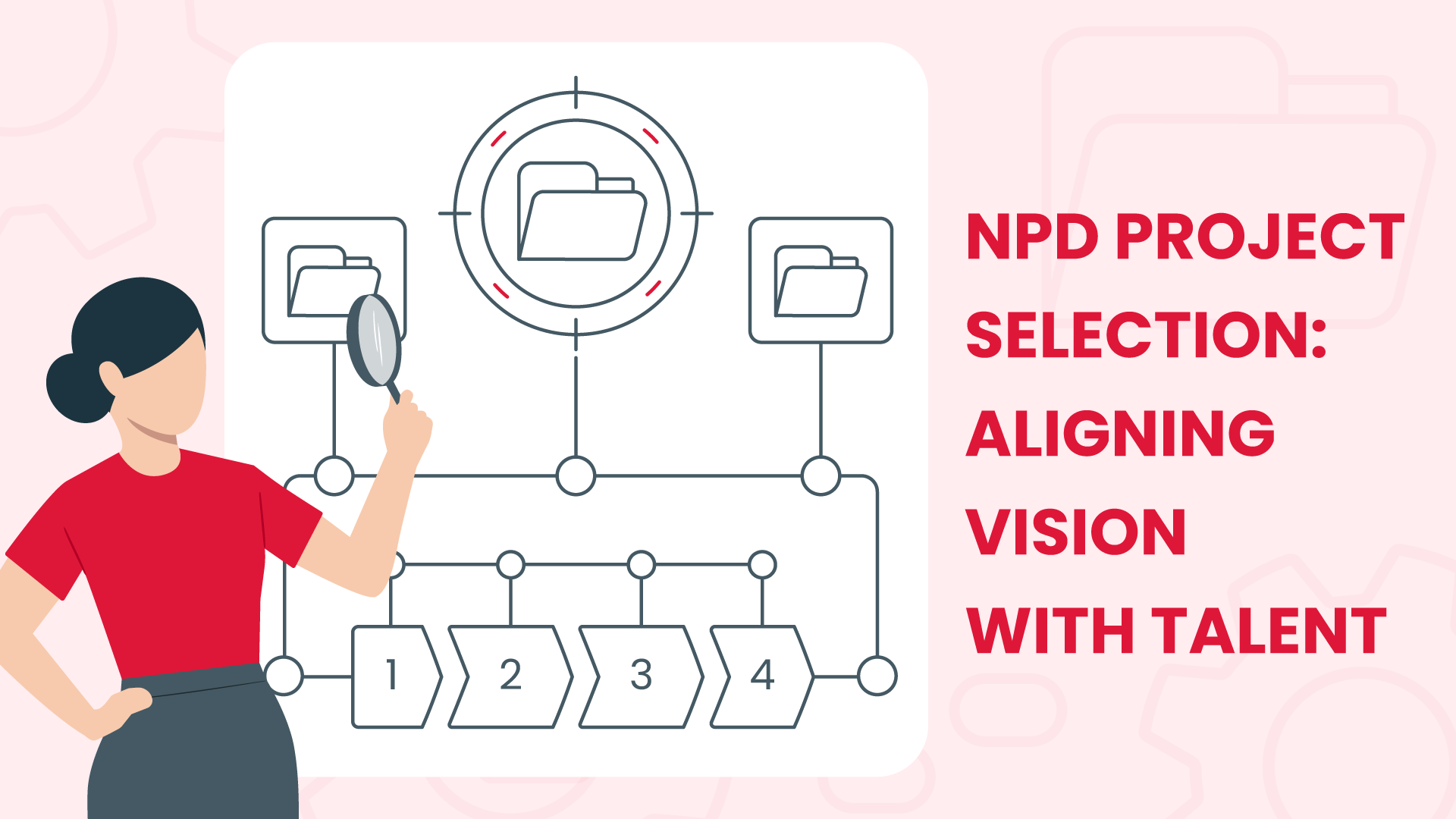

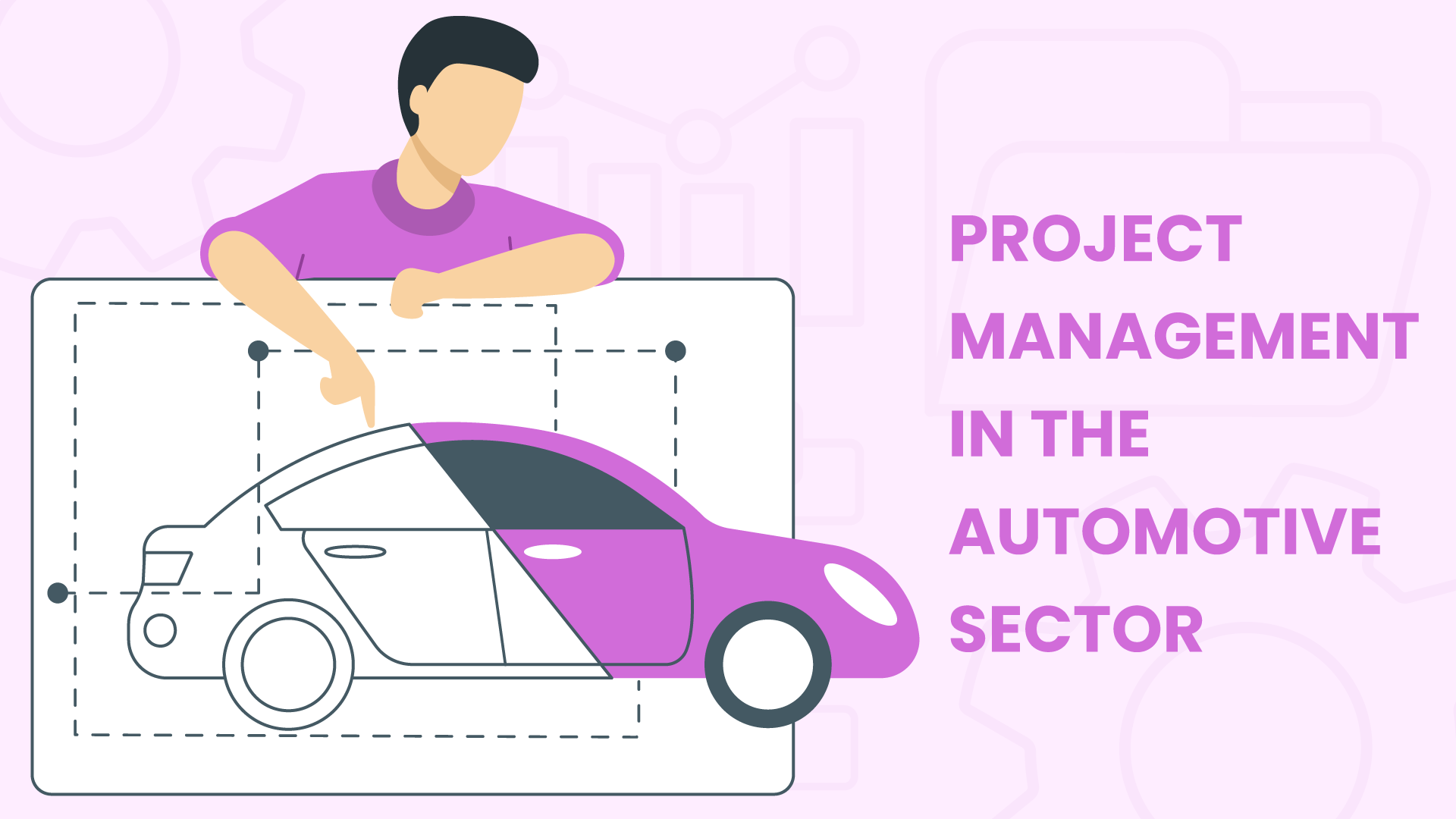

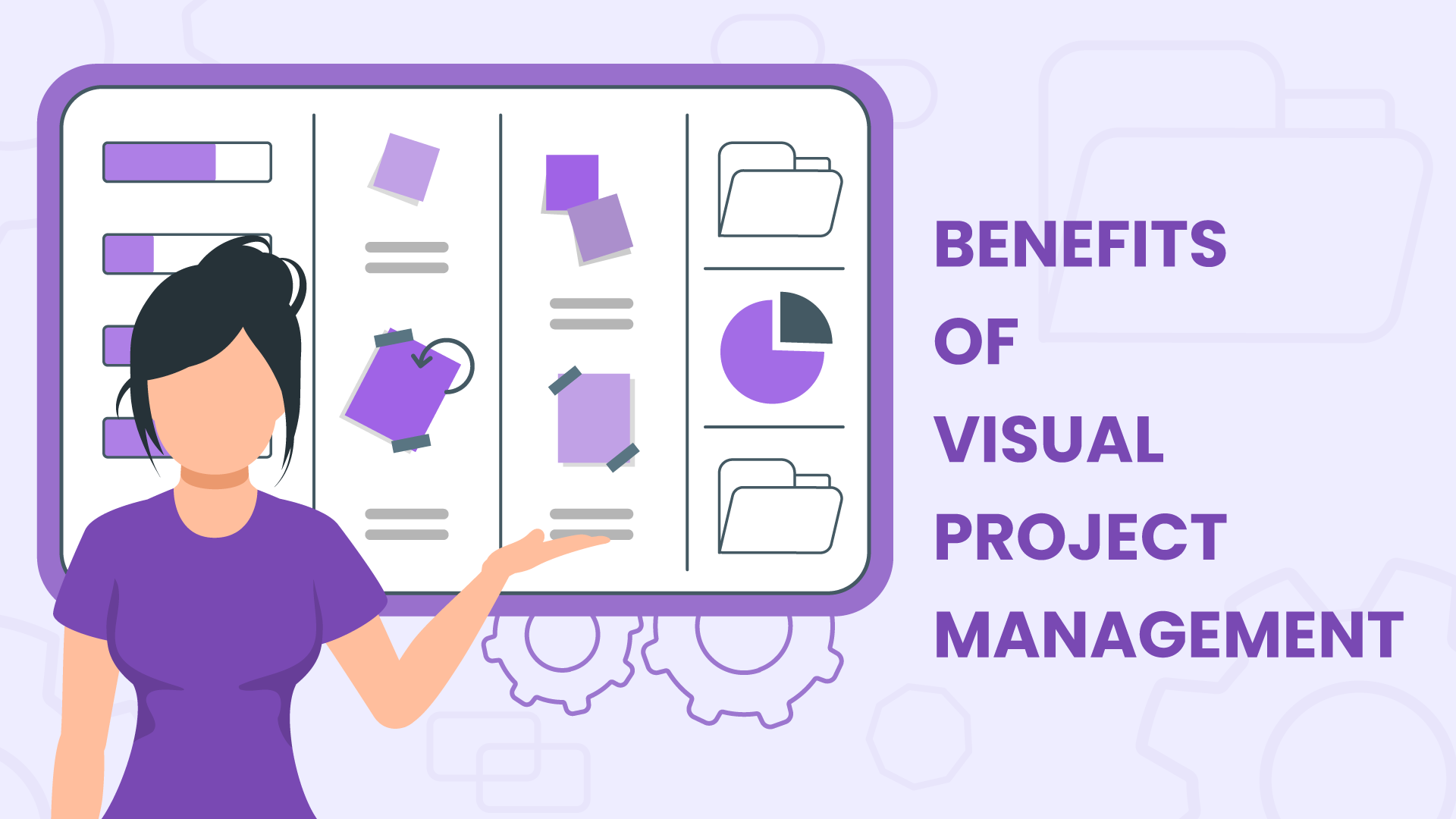
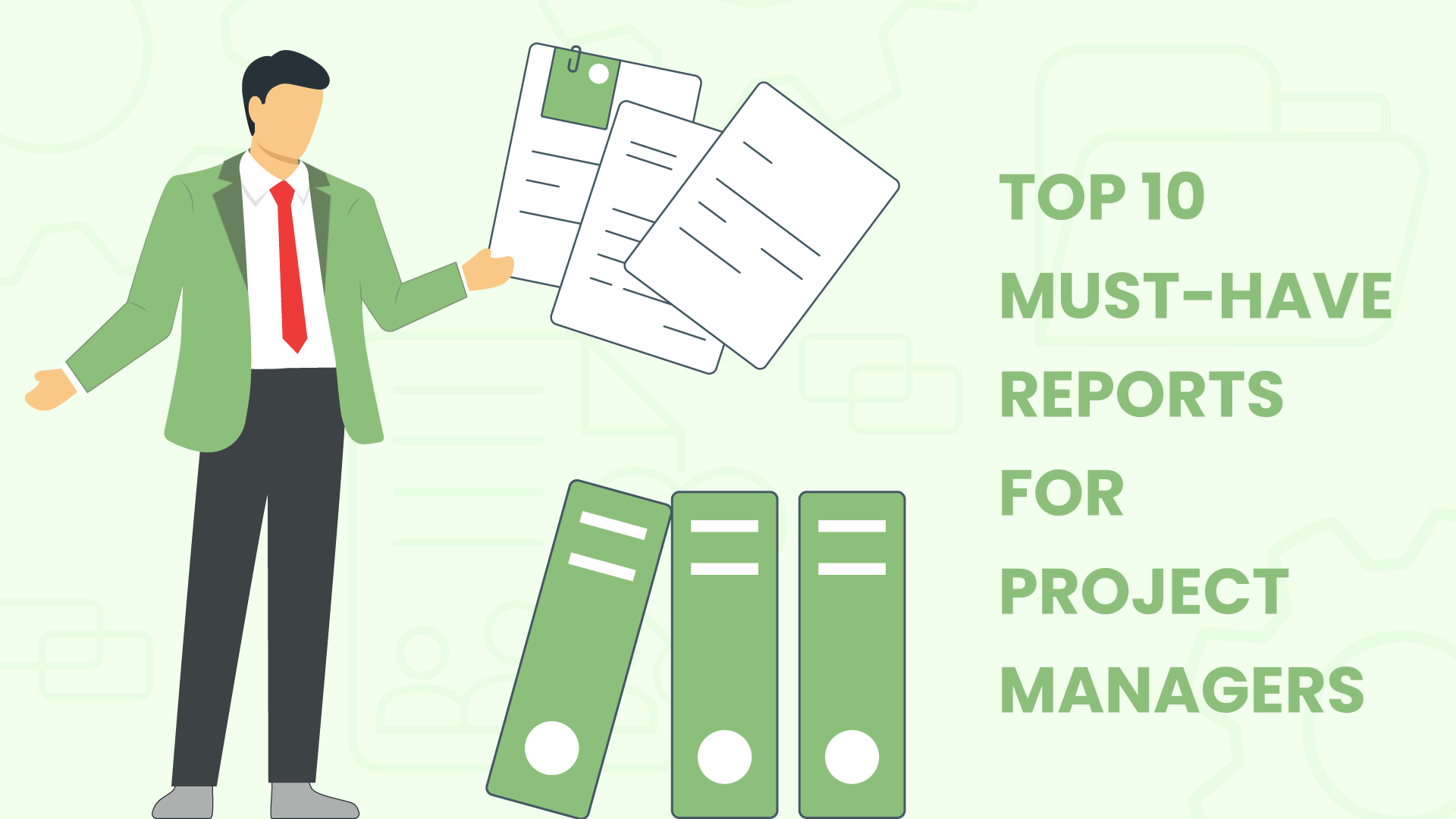

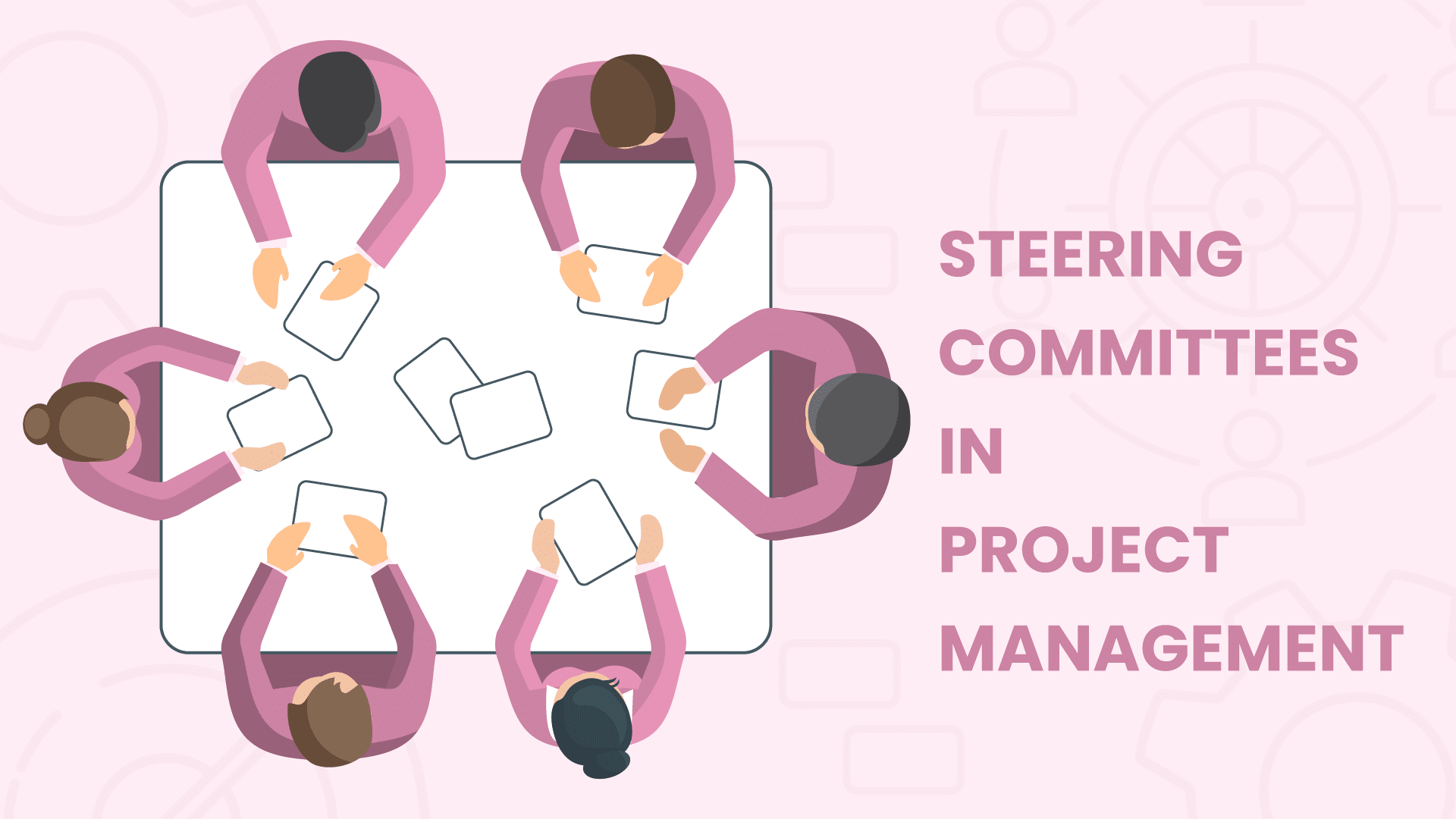

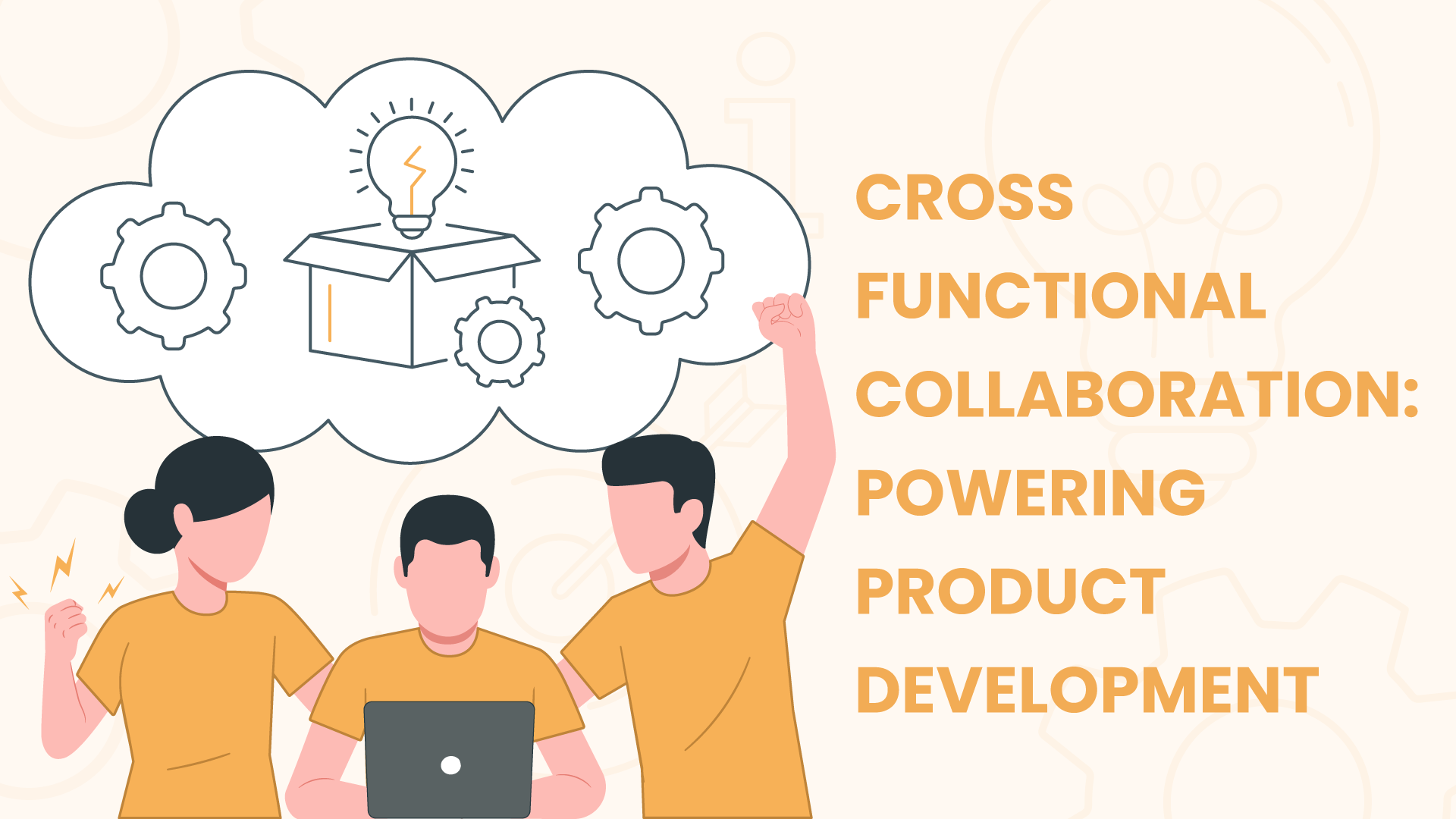
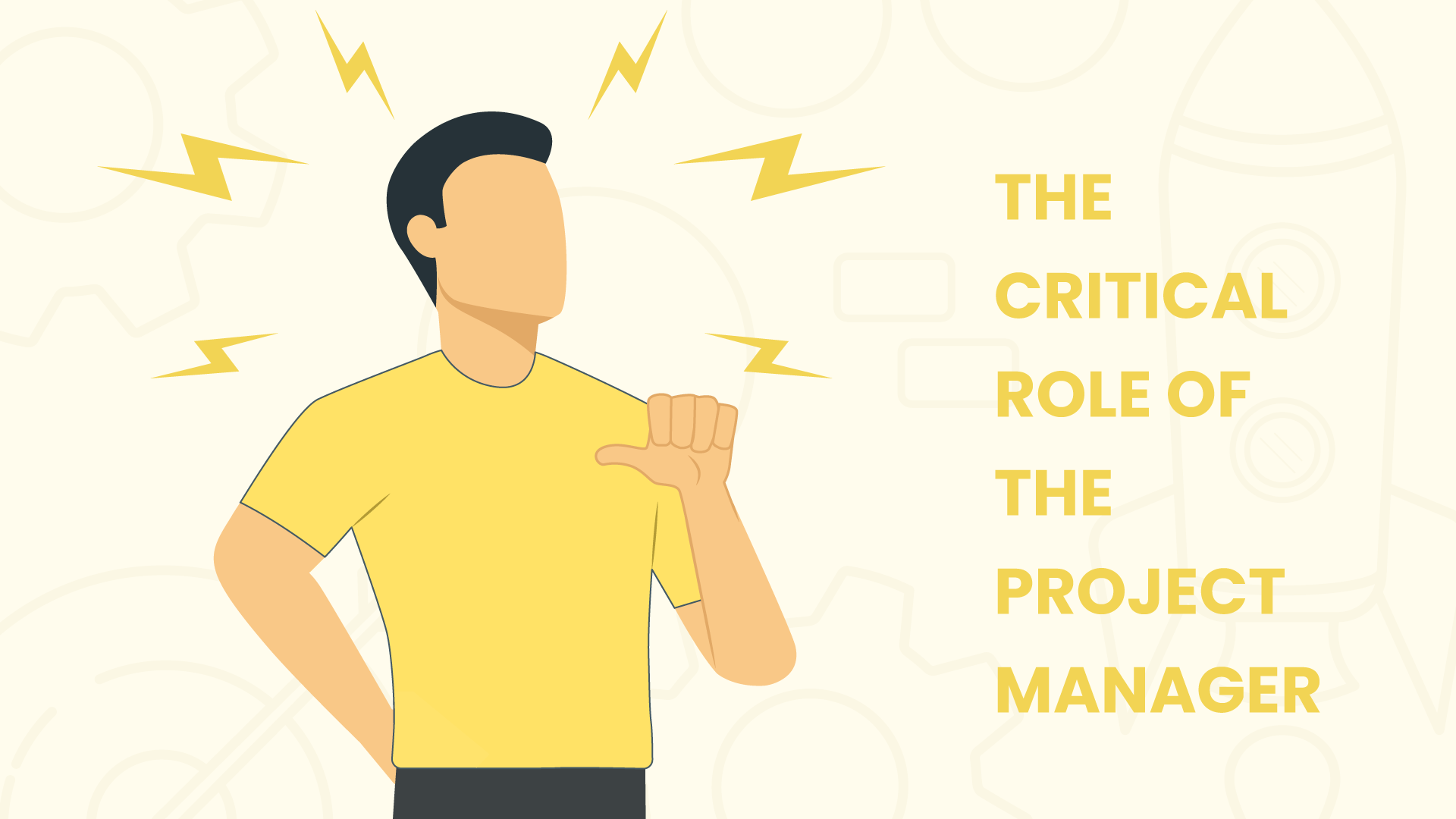
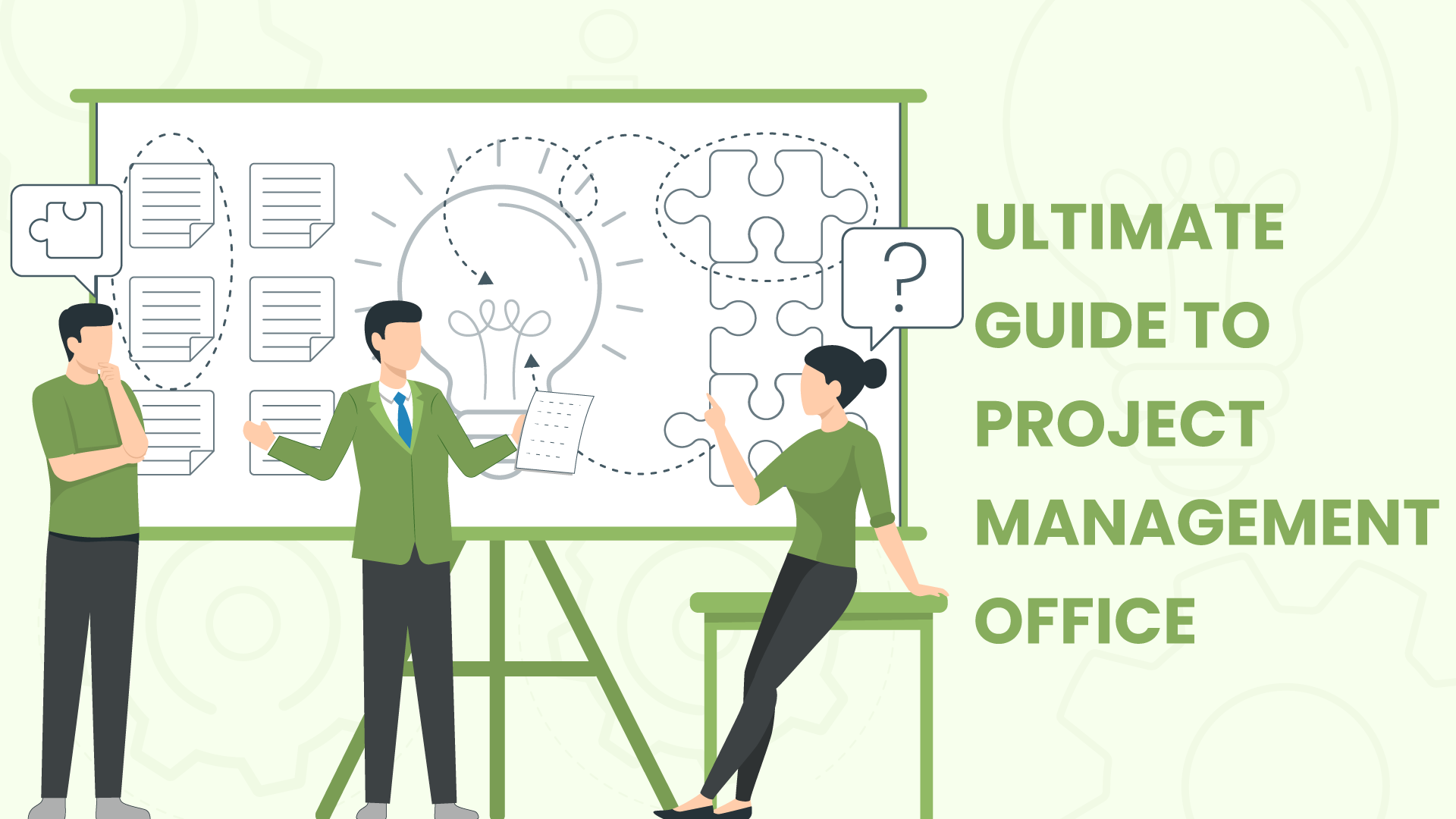

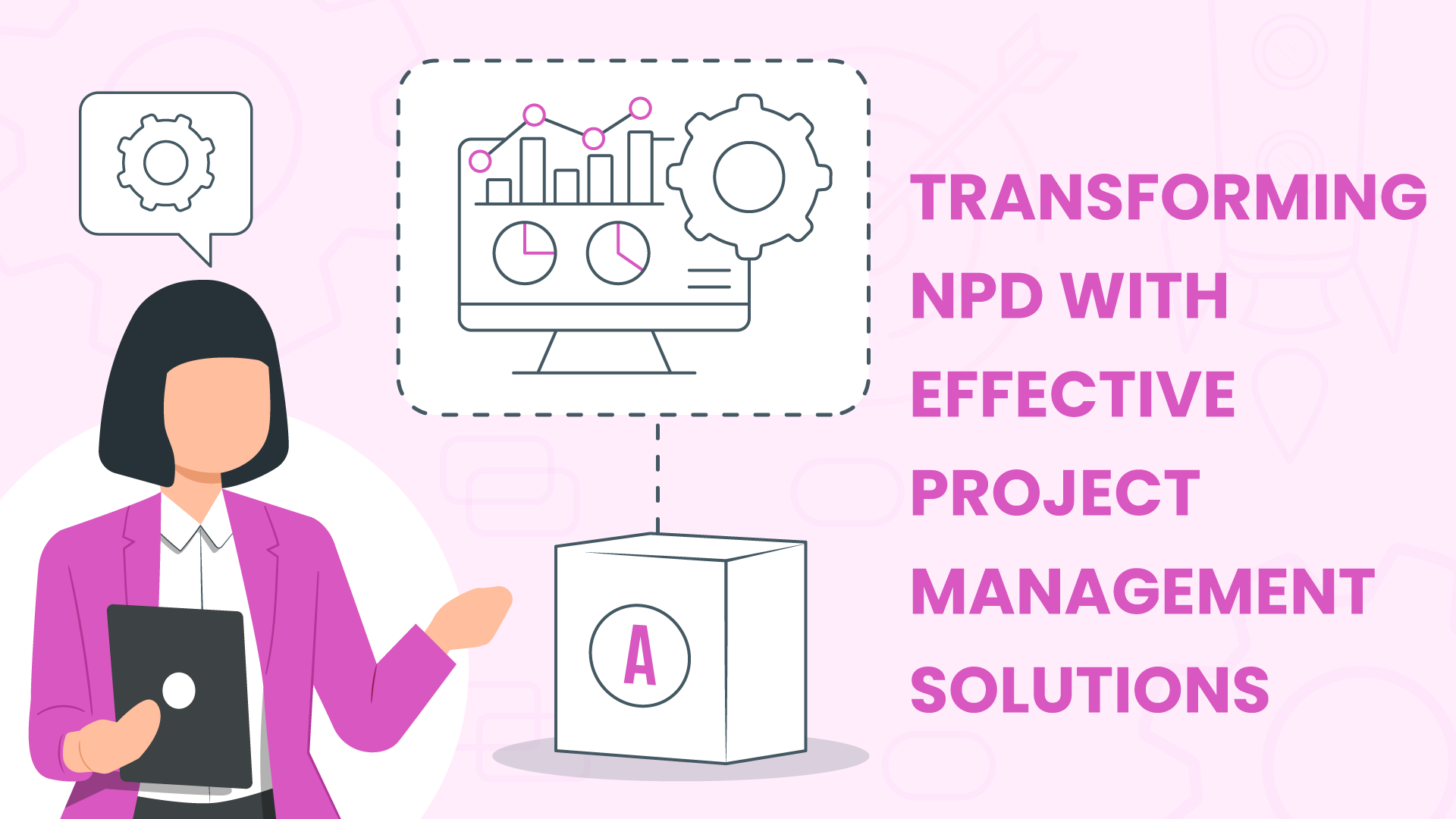
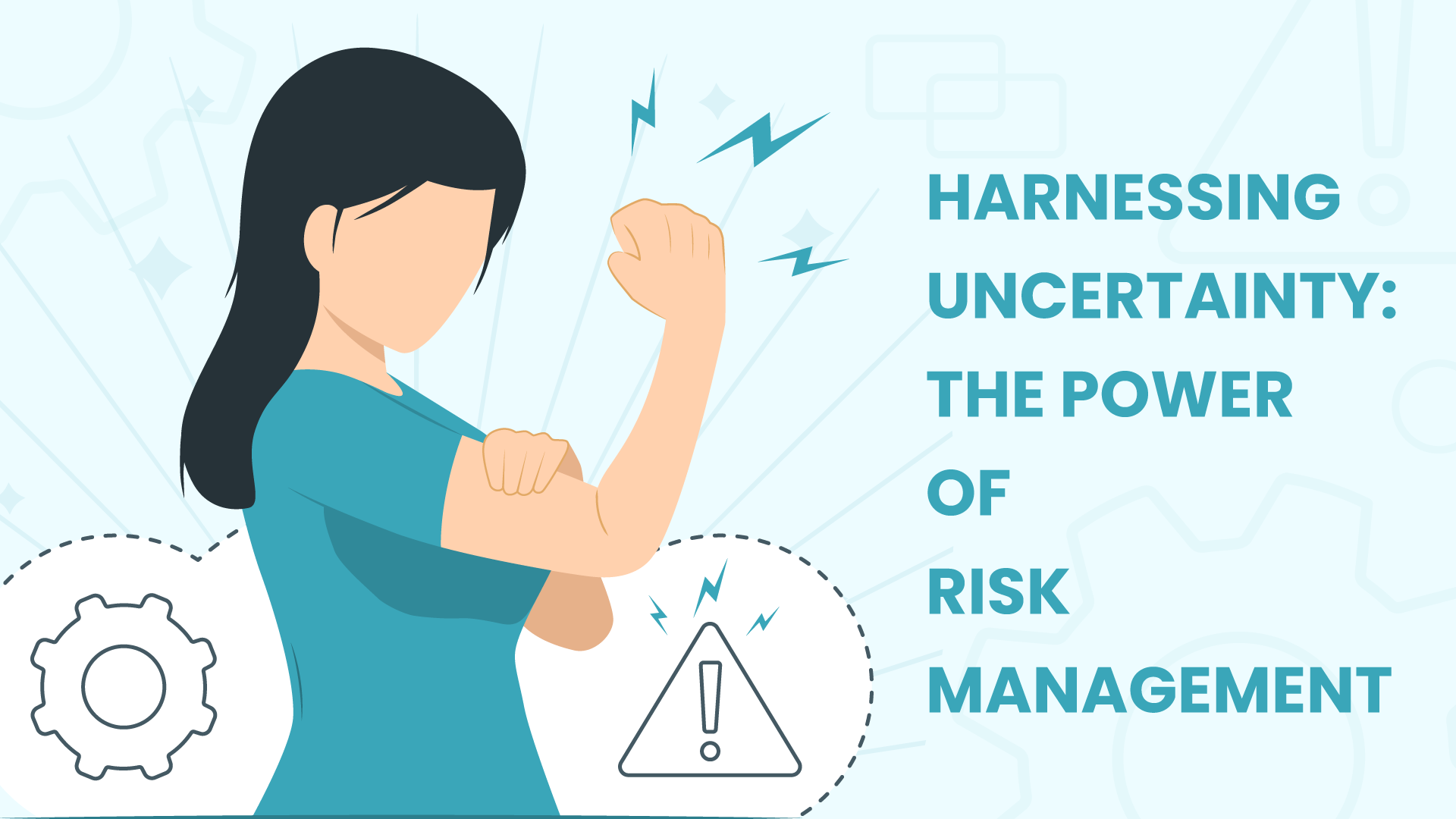
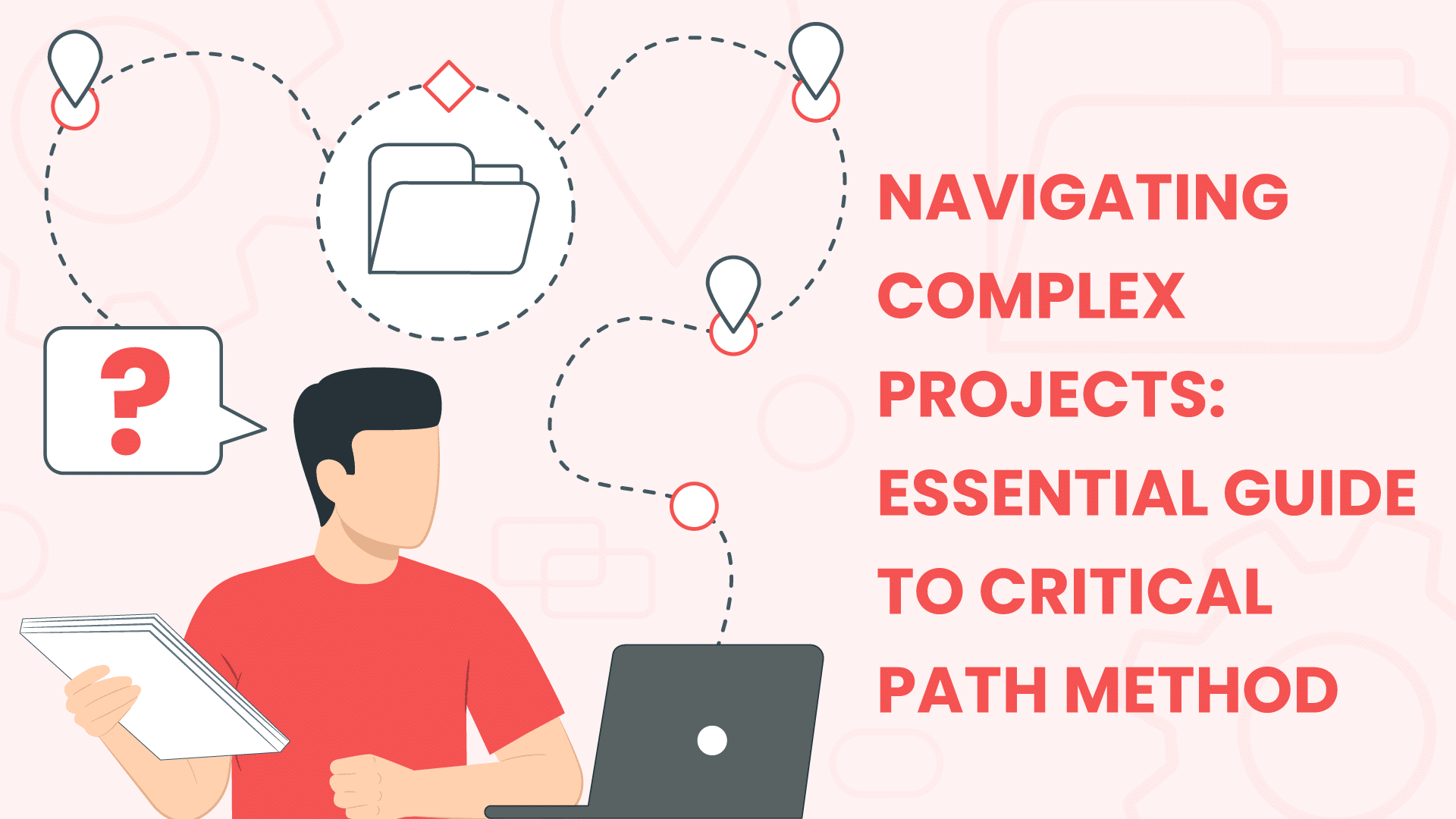





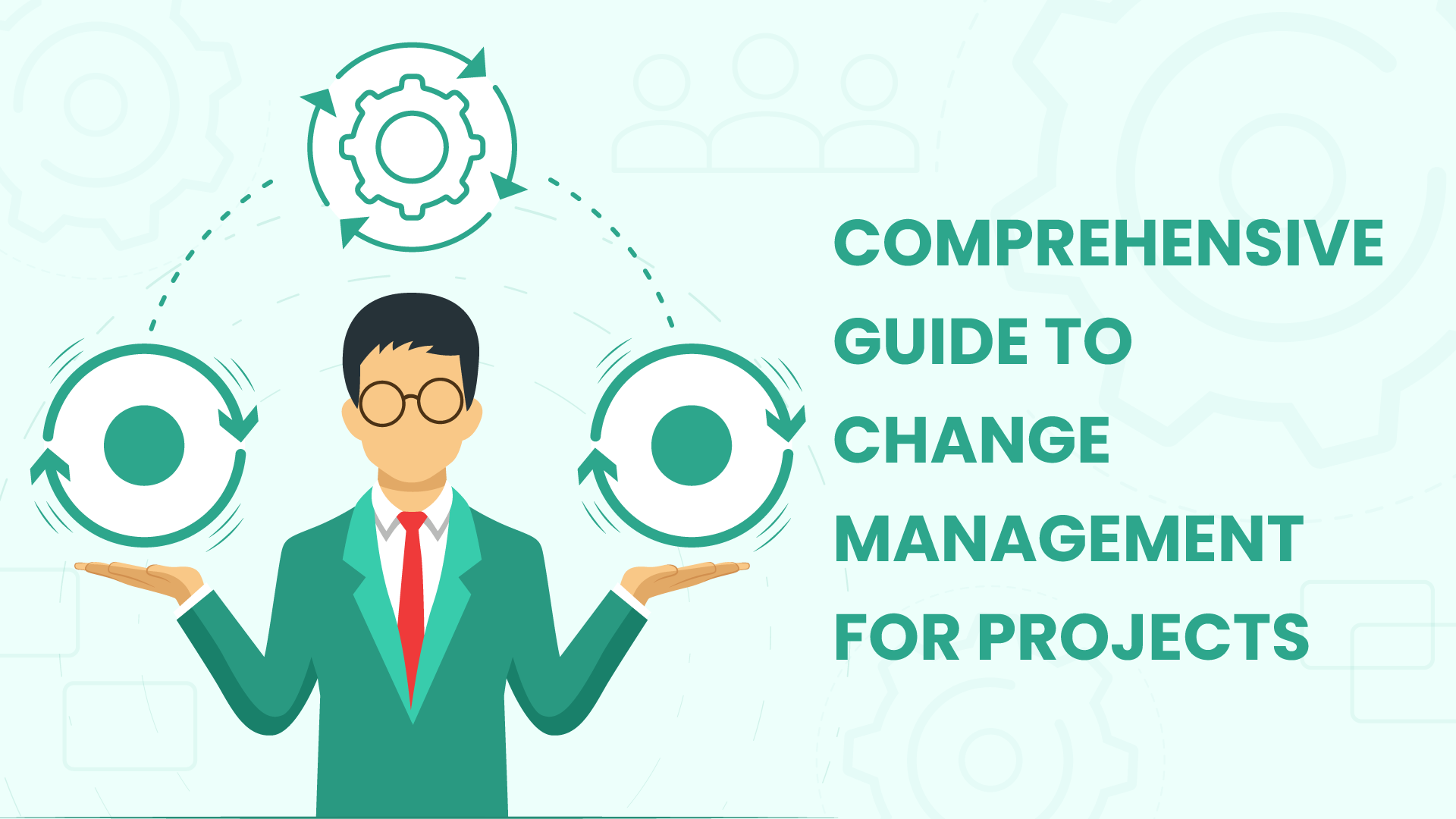
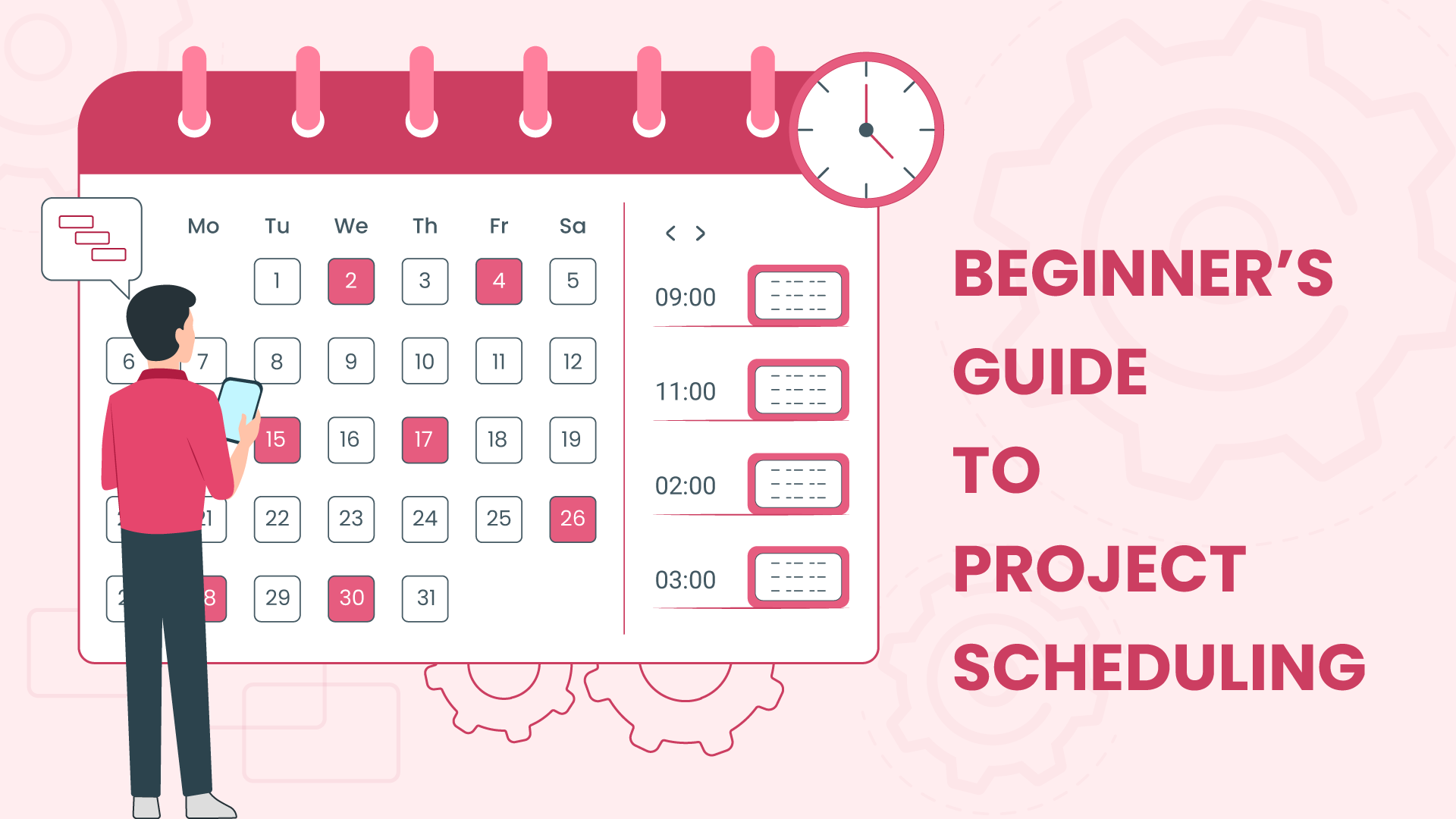
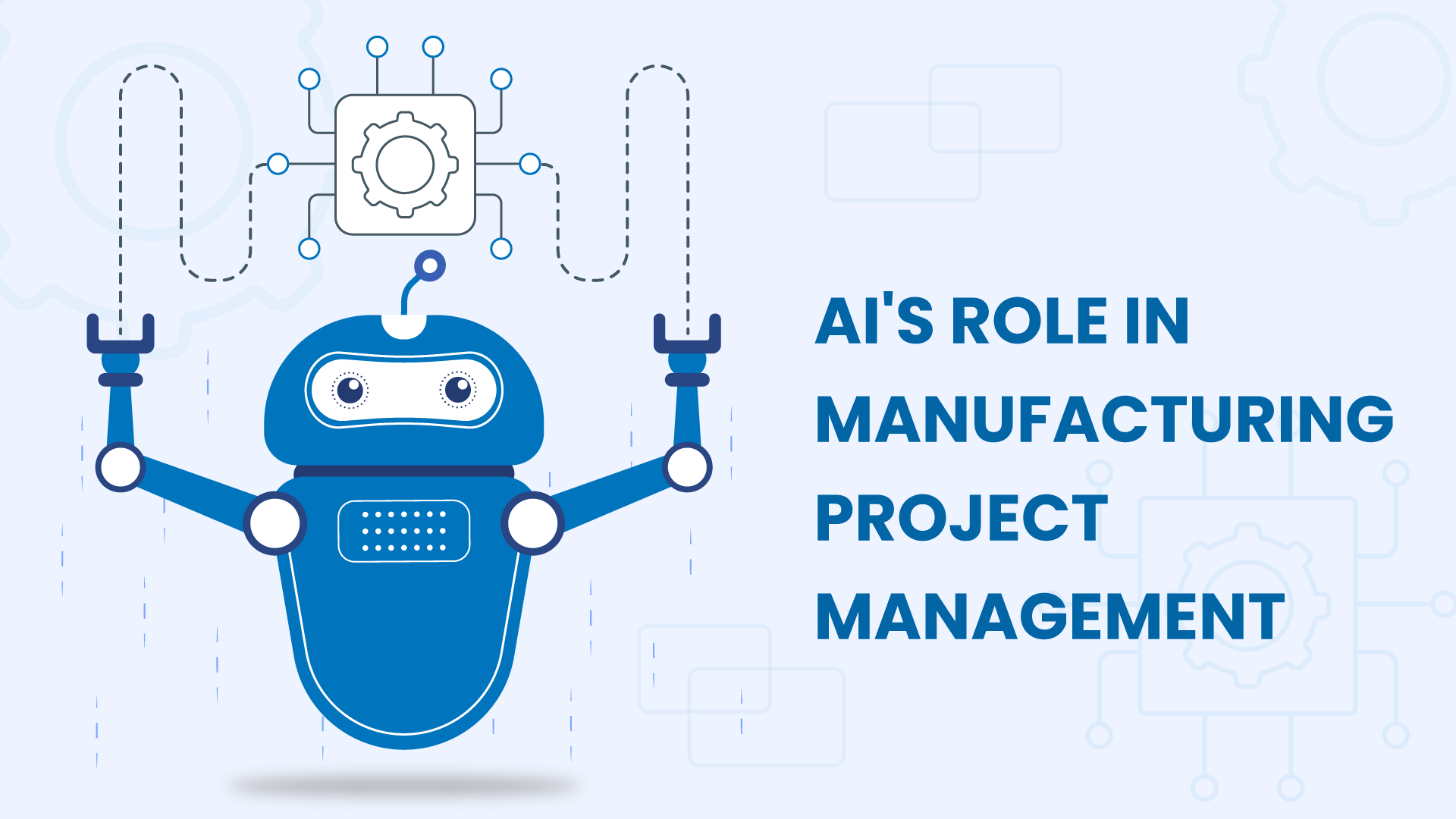


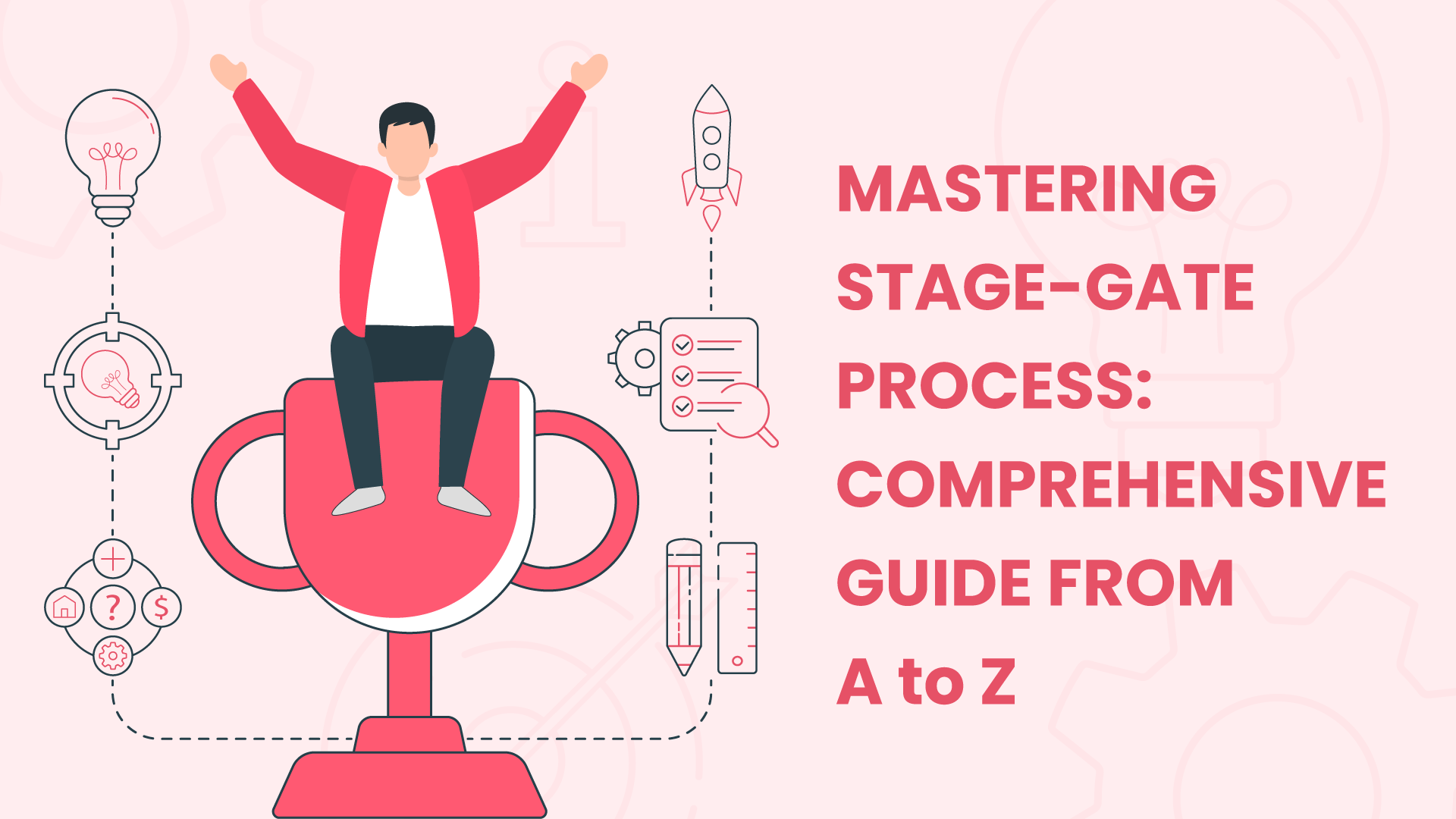
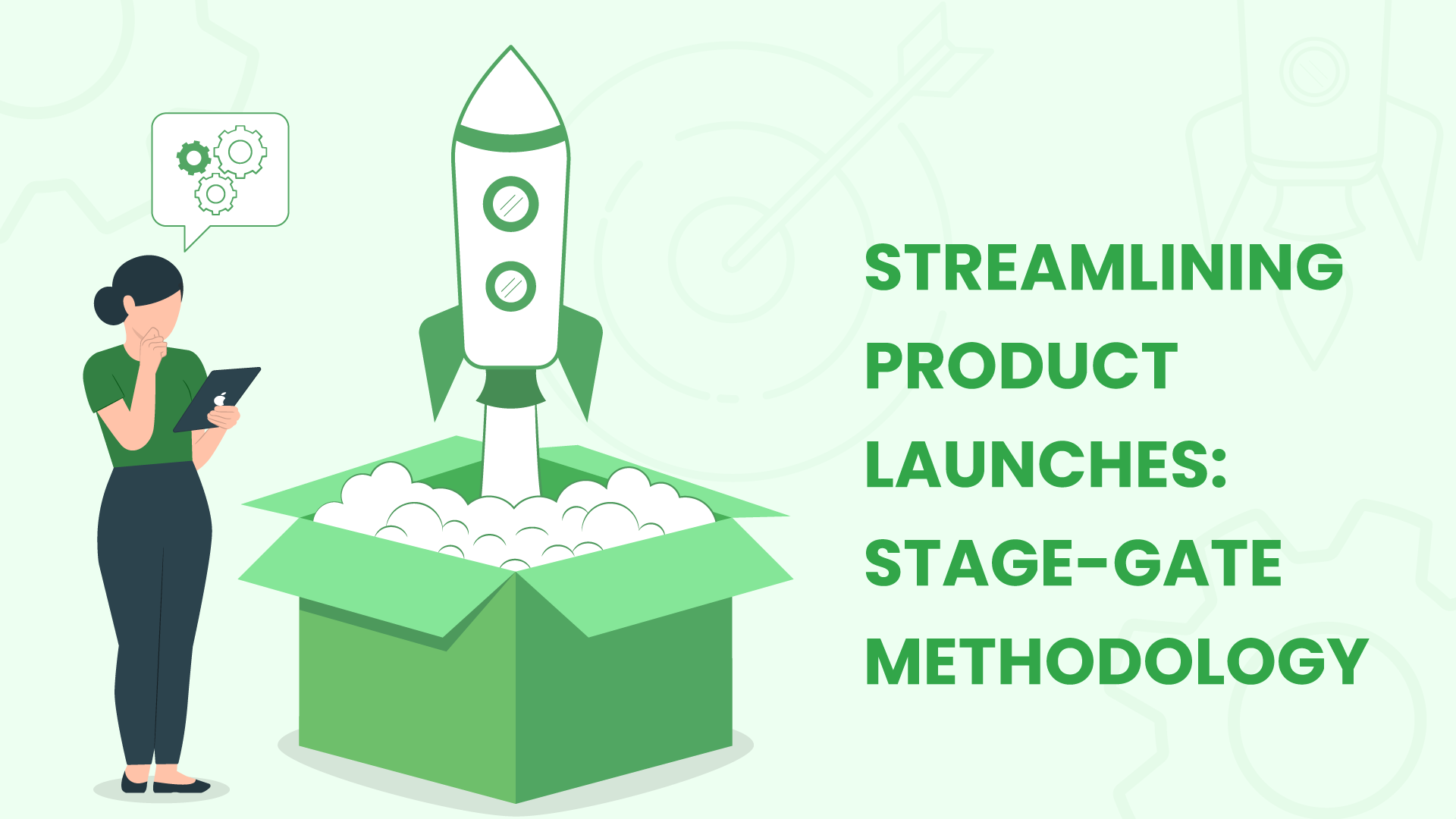
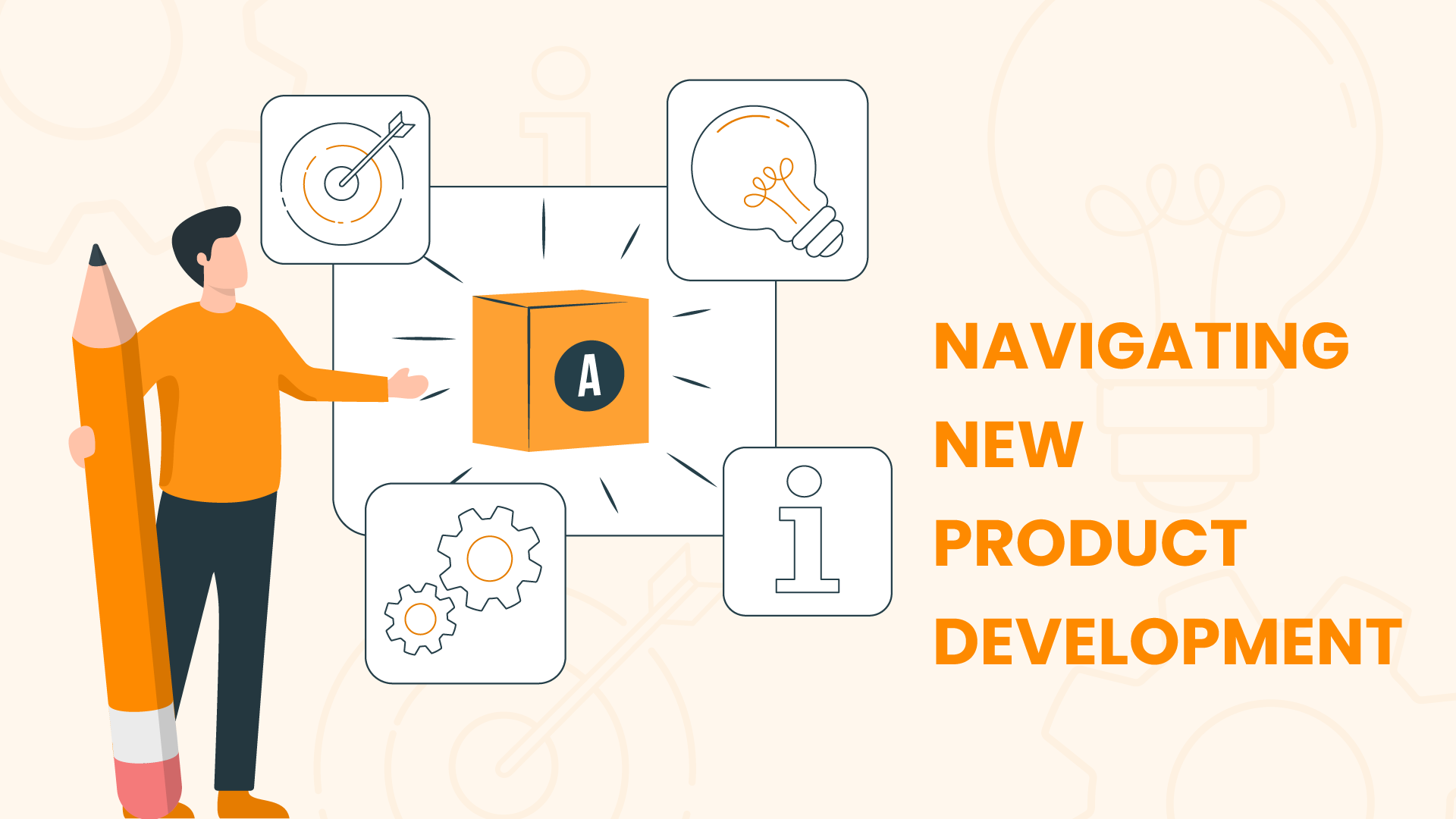





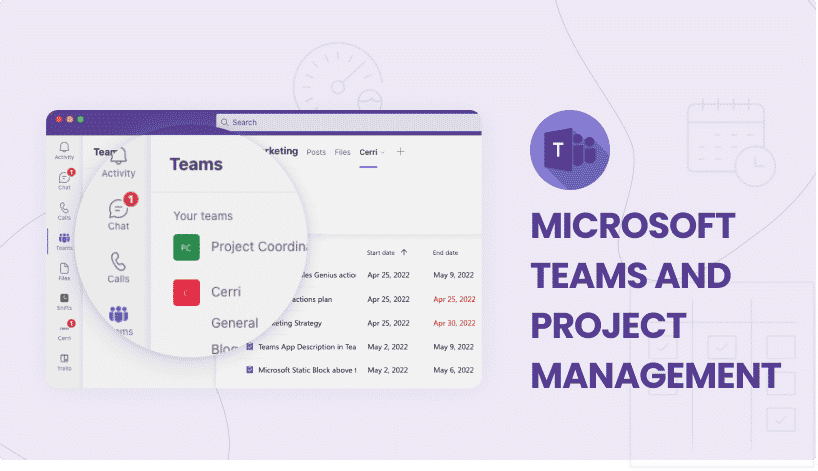
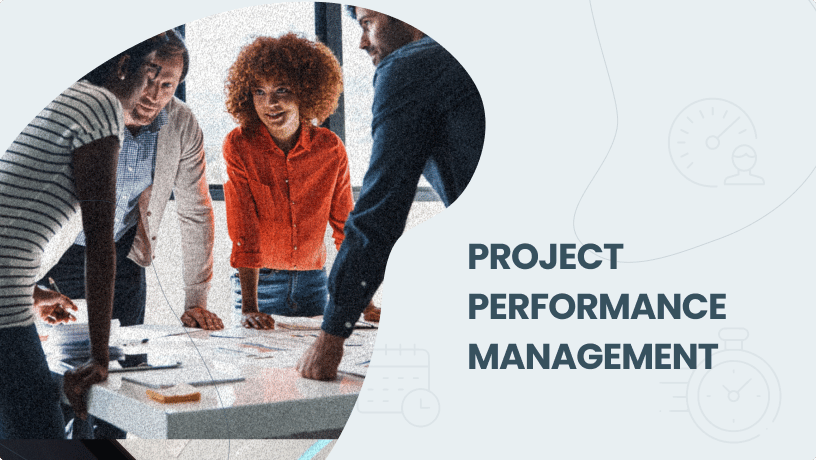
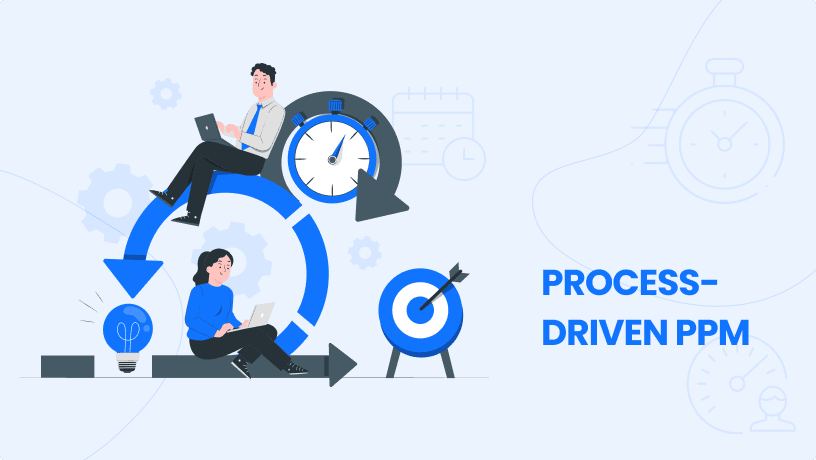

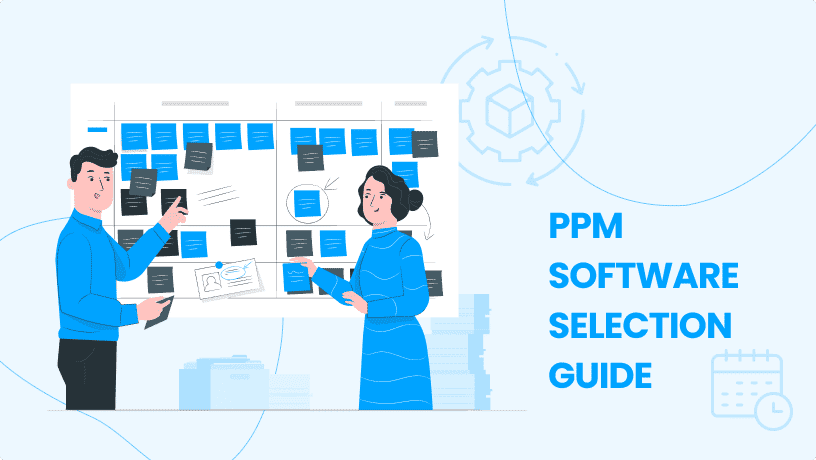
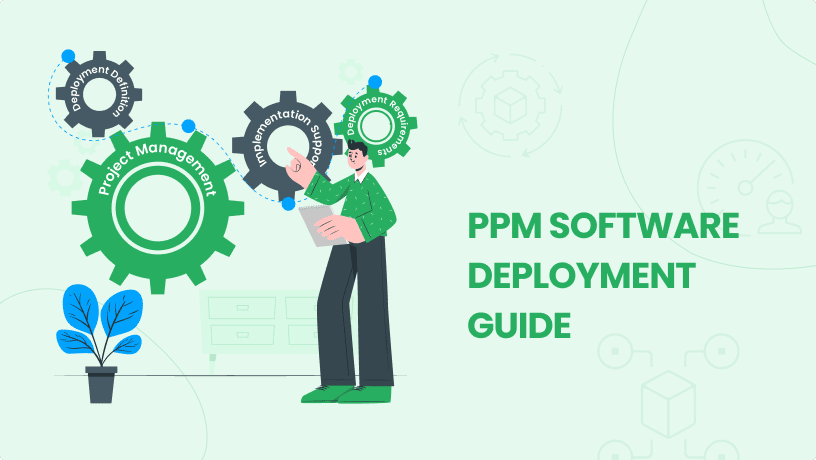
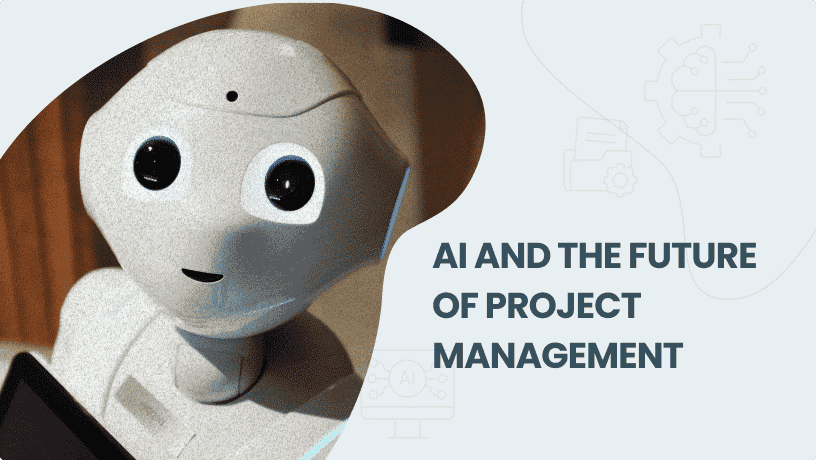
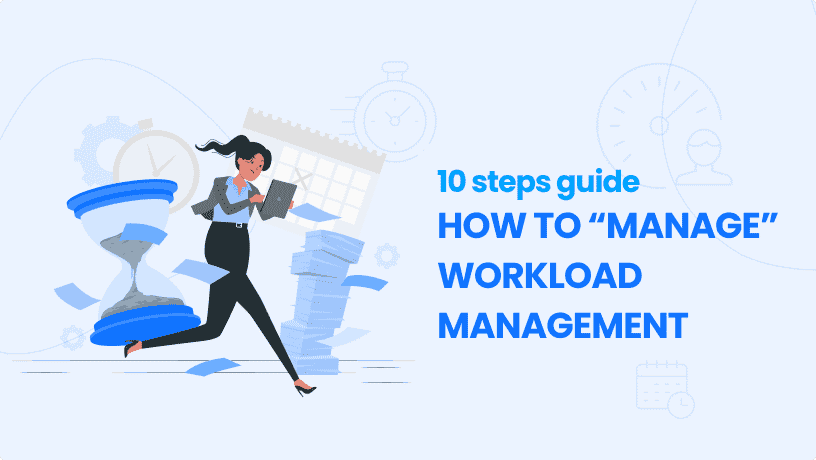
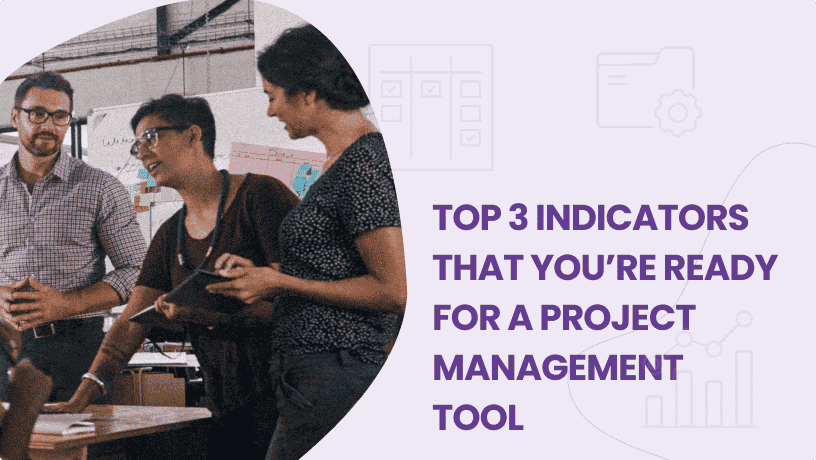





 Task Management
Task Management 

















 Customization
Customization
